This victory not only demonstrated the military strength of our army and people but also had a huge impact on politics, military and diplomacy, contributing significantly to the final victory of liberating the South and unifying the country. VNA reporters wrote 3 articles on the above topic.
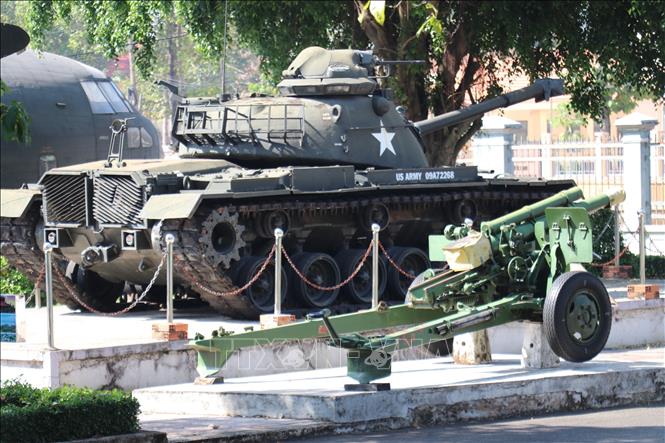
Road 14 Campaign Museum - Phuoc Long where historical artifacts are preserved.
Lesson 1: The decisive 'strategic reconnaissance'
The victory of the Route 14-Phuoc Long Campaign was a “strategic reconnaissance attack”, showing the weakness of the Saigon puppet regime and the very limited response ability of the US. The victory of this campaign opened up a new opportunity, the basis for the Politburo and the Central Military Commission to make determination, supplement and complete the plan to liberate the South.
The key to opening the great victory of Spring 1975
According to historical documents, from 1965 to 1974, there were many large and small attacks taking place along with guerrilla warfare activities to expand the enemy and protect the liberated areas and revolutionary bases. The 1968 Tet Mau Than general offensive and uprising in Phuoc Long broke out very fiercely. After arranging forces and setting up attack points, on the night of January 30 to the early morning of January 31, 1968, the general offensive and uprising began.
After the Mau Than campaign, the army and people of Phuoc Long overcame difficulties, consolidated their forces, continued to fight the US - puppet regime, restored the movement, maintained and consolidated their forces. By 1972, they and the main units carried out the Nguyen Hue campaign and achieved many victories, laying the foundation for the Route 14 - Phuoc Long campaign.
In preparation for the Route 14 - Phuoc Long campaign, the Central Bureau and the Military Commission of the Region assigned the army and people of Phuoc Long to completely destroy the "Bu Dop exile" sub-regions. The main force coordinated with local forces to destroy the Duc Phong military sub-region and the Bu Na weak area to separate and isolate Phuoc Long from the surrounding areas. Then, coordinate with the main force to attack and liberate Phuoc Long.
After only a few days of fighting, from December 13 to 17, 1974, we completely destroyed the "Bu Dop exile" sub-region, Duc Phong sub-region and Bu Na stronghold, controlled the situation on an 80 km long stretch of Highway 14, captured many guns and ammunition, including nearly 6,500 105mm artillery shells, destroyed and forced the withdrawal of more than 50 outposts, liberated the vast Southeast Phuoc Long area with more than 14,000 people, and destroyed the enemy's southern Phuoc Long defense line.
By December 22, 1974, we had completely controlled the battlefield and cleared out the outposts around Thac Mo, Phuoc Qua, Phuoc Tin, completely liberating the Southern Ba Ra area. On December 26, 1974, at exactly 5:00 a.m., our troops opened fire and attacked the Dong Xoai military district. By 8:35 a.m., we had controlled the district. Then, by 3:00 p.m. the same day, our troops had completely controlled the Dong Xoai area. Phuoc Long was completely surrounded and isolated, the enemy was only left on the defensive at Phuoc Long provincial capital, Ba Ra mountain, and Phuoc Binh district.
At dawn on January 6, 1975, as agreed upon in the combat contract, our troops opened fire and attacked simultaneously in all directions. In the face of our fierce attacks, all targets in the town were finally destroyed. At 9:00 a.m. on January 6, 1975, our army's victory flag flew on the roof of the "Provincial Governor's Palace", our troops continued to attack the remaining positions until 7:00 p.m. the same day, Phuoc Long town was completely liberated.
Associate Professor, Dr. Ha Minh Hong, former Head of the Department of History, University of Social Sciences and Humanities, Ho Chi Minh City National University, deeply analyzed the significance of this victory at the scientific conference "Historical significance and strategic stature of the victory on Route 14 - Phuoc Long". According to him, this victory played the role of a "strategic reconnaissance" move, a test of strength for both us and the enemy. This victory further consolidated our Party's strategic determination, which is to liberate the South and unify the country.
Associate Professor, Dr. Ha Minh Hong gave profound analysis and realistic assessment showing that the puppet army was not capable of dealing with many of our attacks at the same time, and was even less capable of recapturing lost areas. Thereby, the campaign marked the collapse of the Saigon army, and at the same time reflected that the enemy's fighting force had weakened and was not strong enough to counterattack to regain strategically important areas lost to our main force. The intention and ability of the US imperialists to intervene in South Vietnam was limited.
Lieutenant General Nguyen Nang Nguyen, former Deputy Chief of the General Staff of the Vietnam People's Army, affirmed that the Phuoc Long victory was the result of the joint efforts of the army and people of the whole country, especially the army and people of the Southeast region. This victory demonstrated the combined strength of the three armed forces in the East as well as the consensus of the entire people in the campaign.
This success is also a testament to the skillful leadership and direction of the Politburo and the Central Military Commission, along with the initiative and creativity of the Military Commission and the Regional Command. The campaign's practice shows that the Central Committee highly values and promotes the role of the collective and direct leaders on the battlefield; leaders and commanders on the battlefield strictly follow the strategic intentions and direction of the Central Committee.
50 years after the Phuoc Long victory, the whole country and Binh Phuoc today have turned a new page. The lesson of building and using strategic reconnaissance is not only valuable in the military field, in the cause of building and consolidating national defense, protecting the Fatherland but also extremely meaningful in the cause of building and developing the country in the new era, Lieutenant General Nguyen Nang Nguyen shared.
Imprint of local people
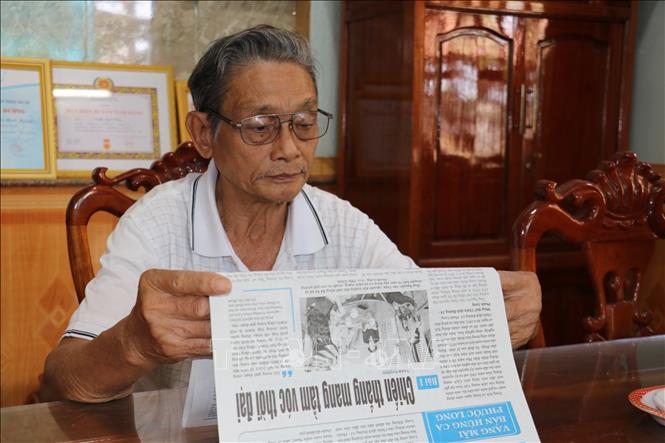
Mr. Doan Ngoc Chau (born in 1948), permanent resident of Quarter 2, Long Thuy Ward, Phuoc Long Town, participated in dozens of battles on the Phuoc Long battlefield.
The victory of the Route 14 - Phuoc Long Campaign had an extremely important strategic significance, for the first time in the South, a province was completely liberated. In that victory, the role of the ethnic people of Binh Phuoc province in general and Phuoc Long in particular stood out.
Mr. Nguyen Van Thoa, former Captain of the Ba Ra Special Forces Team (1972-1975) is one of the historical witnesses who lived and fought in Phuoc Long for many years. He recounted that, when the Southern revolution was facing a historical turning point, going through a dark period (1955-1959), in January 1959, the 2nd Party Central Committee held the 15th Conference and issued an important resolution on the revolutionary path in the South: “The basic development path of the Vietnamese revolution in the South is to revolt and seize power for the people. According to the specific situation and current requirements of the revolution, that path is to use the strength of the masses, mainly relying on the political force of the masses, combining with the armed forces to overthrow the domination of imperialism and feudalism, and establish a revolutionary government of the people”.
Shortly after Resolution 15 of the Party Central Committee was issued, Phuoc Long Provincial Party Committee was established in June 1960. Later, Phuoc Long Provincial National Front was also established.
In December 1960, the Phuoc Long Provincial People's Front held its first Congress to build solidarity among all classes and ethnic groups, mobilize human and material resources in all sectors to serve immediate and long-term revolutionary needs; at the same time, carry out the main immediate task of the Phuoc Long Provincial Party Committee when it was first established, which was to restore and develop Party bases as the nucleus and foothold in the ethnic minority region.
Mr. Nguyen Van Thoa recalled that at that time, in order to build this place into a revolutionary base and continue to open the North-South strategic corridor (from Phuoc Long to South Dak Lak) to directly receive support in terms of human and material resources from the Central for the revolution in the South, the Provincial Party Committee established an armed propaganda team to the ethnic minority area in Soc Bom Bo. The Stieng people in Soc Bom Bo were mobilized and built into a revolutionary base by the Propaganda Team.
From 1960 to 1963, in Soc Bom Bo and the surrounding areas, revolutionary bases in the S'tieng and M'nong ethnic groups were built and developed strongly. Thanks to that, the revolutionary forces increasingly developed throughout the villages. During the entire campaign, the working teams and local people directly participated in the fighting. Even before the campaign started, we mobilized ethnic people, rubber workers and revolutionary bases to contribute or buy food, medicine, etc. to serve the campaign.
Thanks to the establishment of bases among the people, the plantations, and strategic hamlets, the cadres and soldiers of the Special Forces Team were protected and cared for by the people during their work and combat. Taking the people as the root, being close to the people, propagating and mobilizing the people "so that the people listen, the people believe, and the people follow"... that will be a very valuable lesson for the new revolutionary period, Mr. Nguyen Van Thoa shared.
In the memories of soldiers who participated in the Route 14 - Phuoc Long Campaign, this victory is not only a glorious page in history but also a strong, unforgettable emotion.
Mr. Doan Ngoc Chau (77 years old, Long Thuy ward, Phuoc Long town) is one of the historical witnesses. He has 14 years of holding a gun and fighting. When the liberation flag fluttered in the sky of Phuoc Long, joy burst into the hearts of every soldier, citizen and himself. The victory also had the mark of the enthusiastic participation of local ethnic people in making the historic victory of Road 14-Phuoc Long.
Lesson 2: Red address for revolutionary tradition education
Article and photos: K GỬIH (TTXVN)
Source: https://baotintuc.vn/thoi-su/chien-thang-duong-14phuoc-long-bai-1-don-trinh-sat-chien-luocmang-tinh-quyet-dinh-20250409074043466.htm


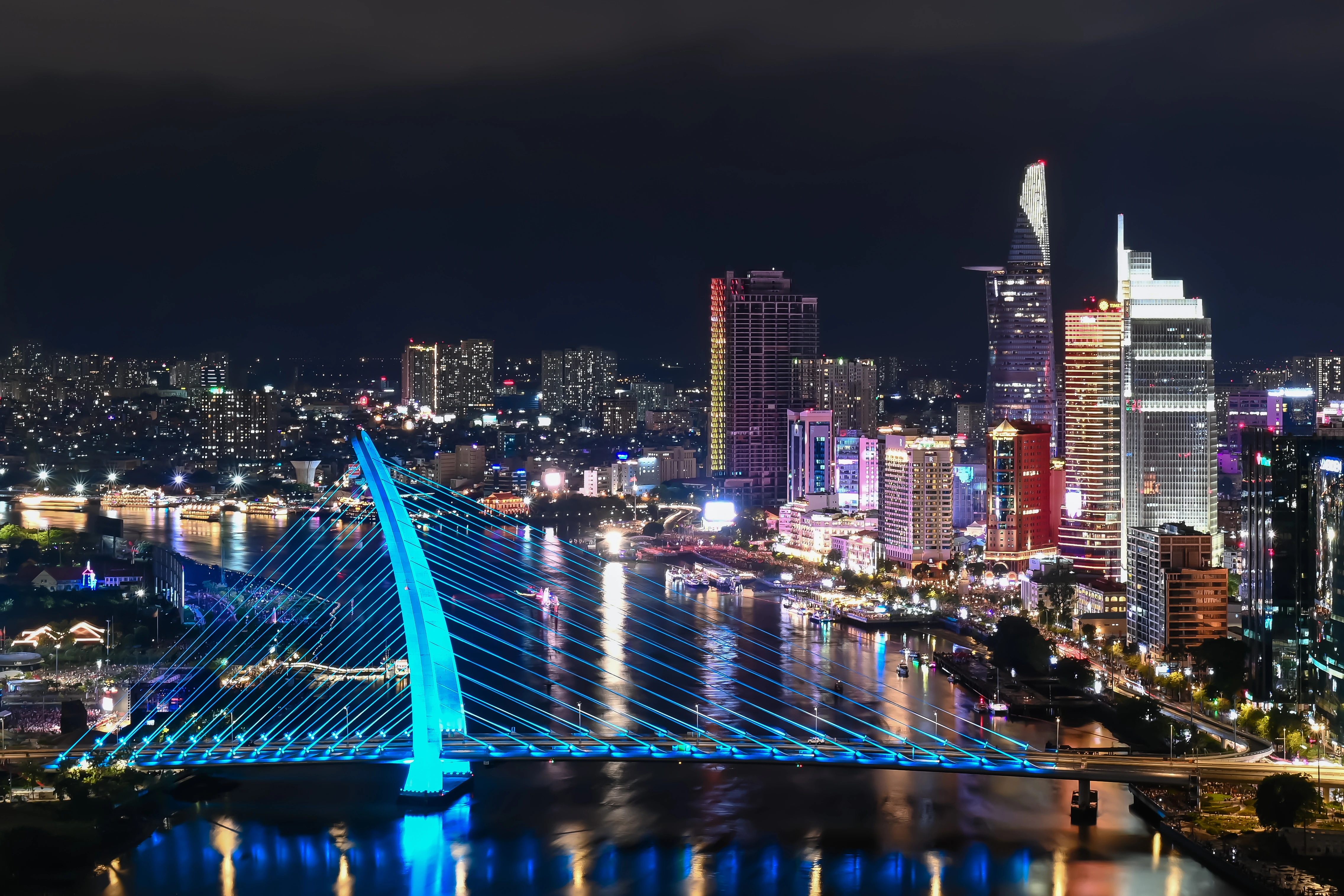
![[Photo] Vietnam shines at Paris International Fair 2025 with cultural and culinary colors](https://vstatic.vietnam.vn/vietnam/resource/IMAGE/2025/5/4/74b16c2a197a42eb97597414009d4eb8)
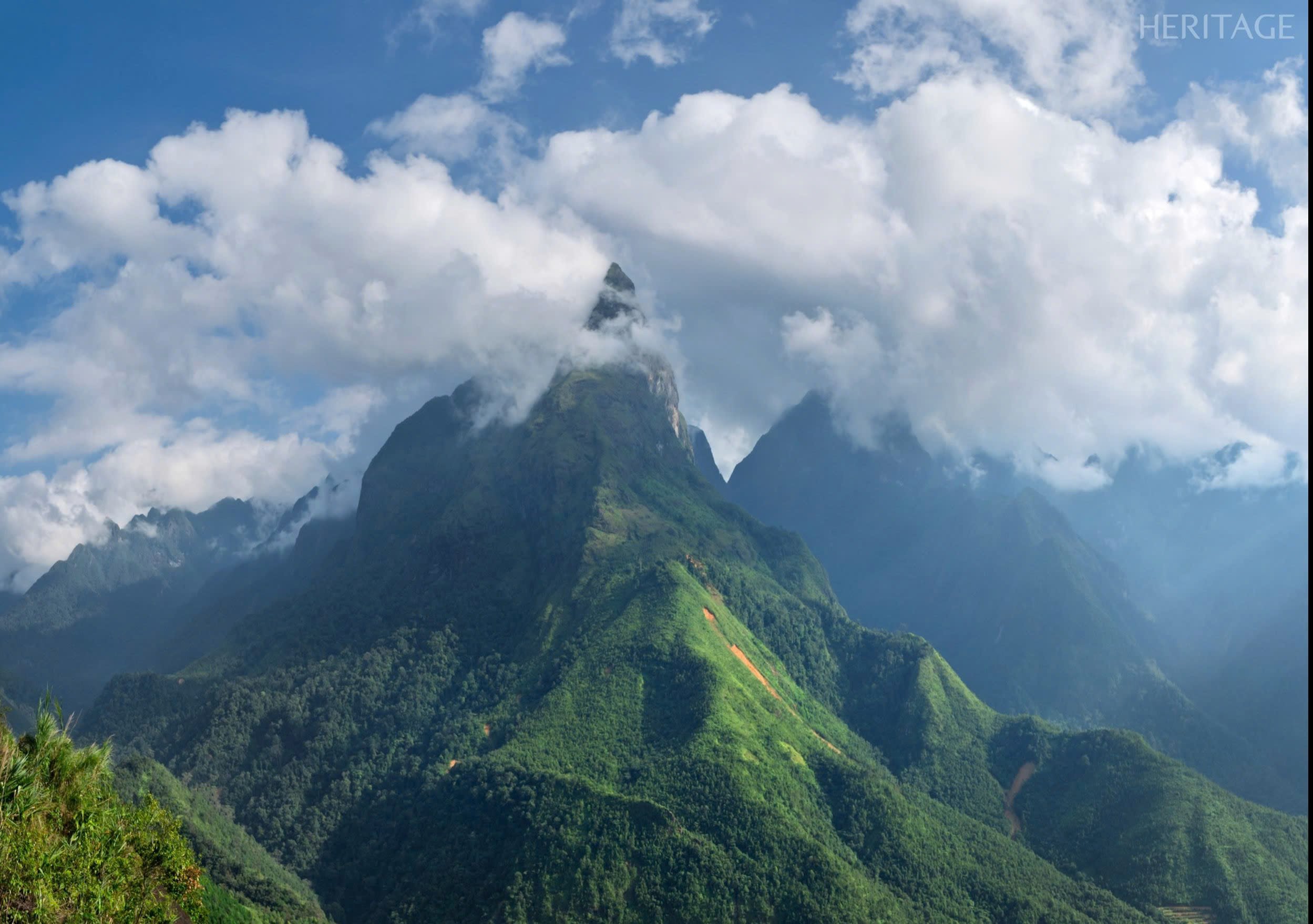
![[Photo] General Secretary To Lam receives Sri Lankan President Anura Kumara Dissanayaka](https://vstatic.vietnam.vn/vietnam/resource/IMAGE/2025/5/4/75feee4ea0c14825819a8b7ad25518d8)
![[Photo] Bus station begins to get crowded welcoming people returning to the capital after 5 days of holiday](https://vstatic.vietnam.vn/vietnam/resource/IMAGE/2025/5/4/c3b37b336a0a450a983a0b09188c2fe6)
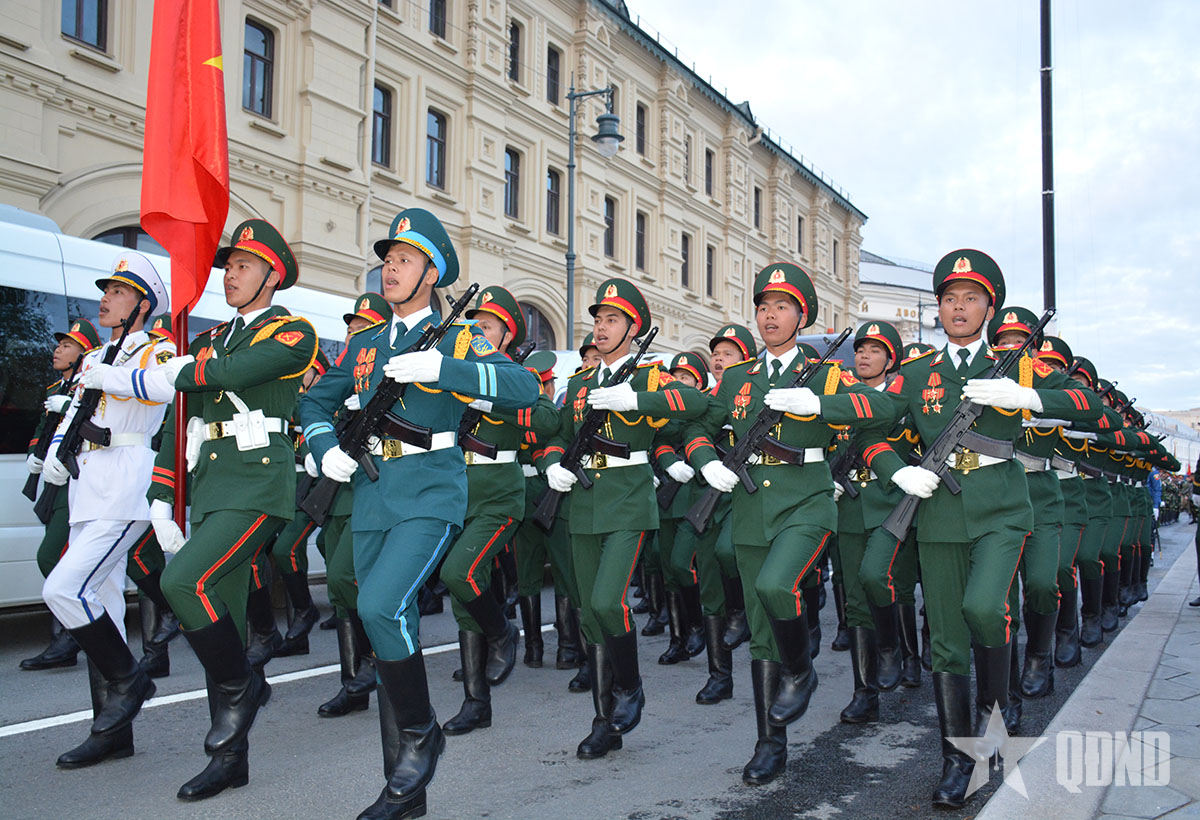
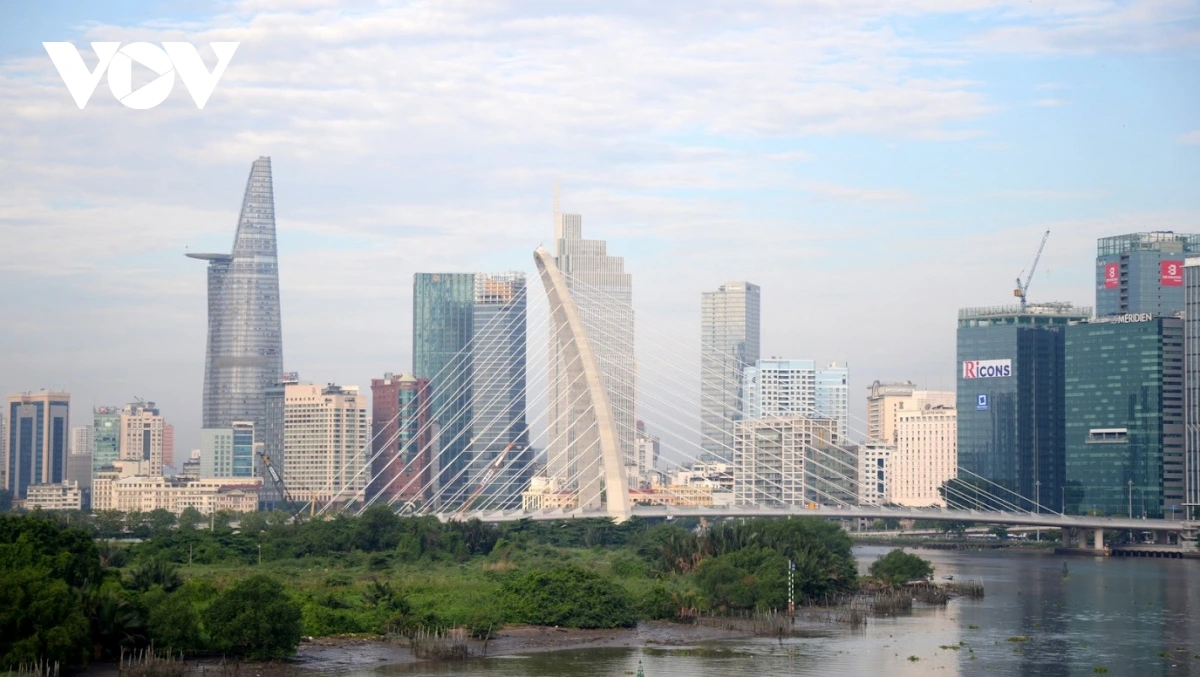



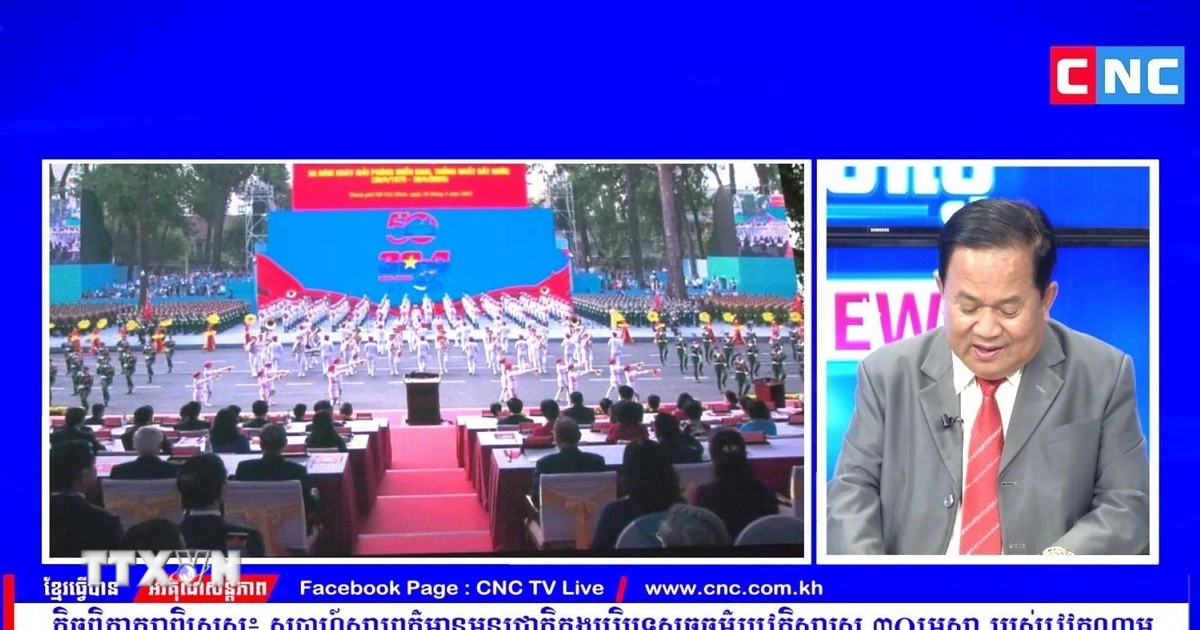

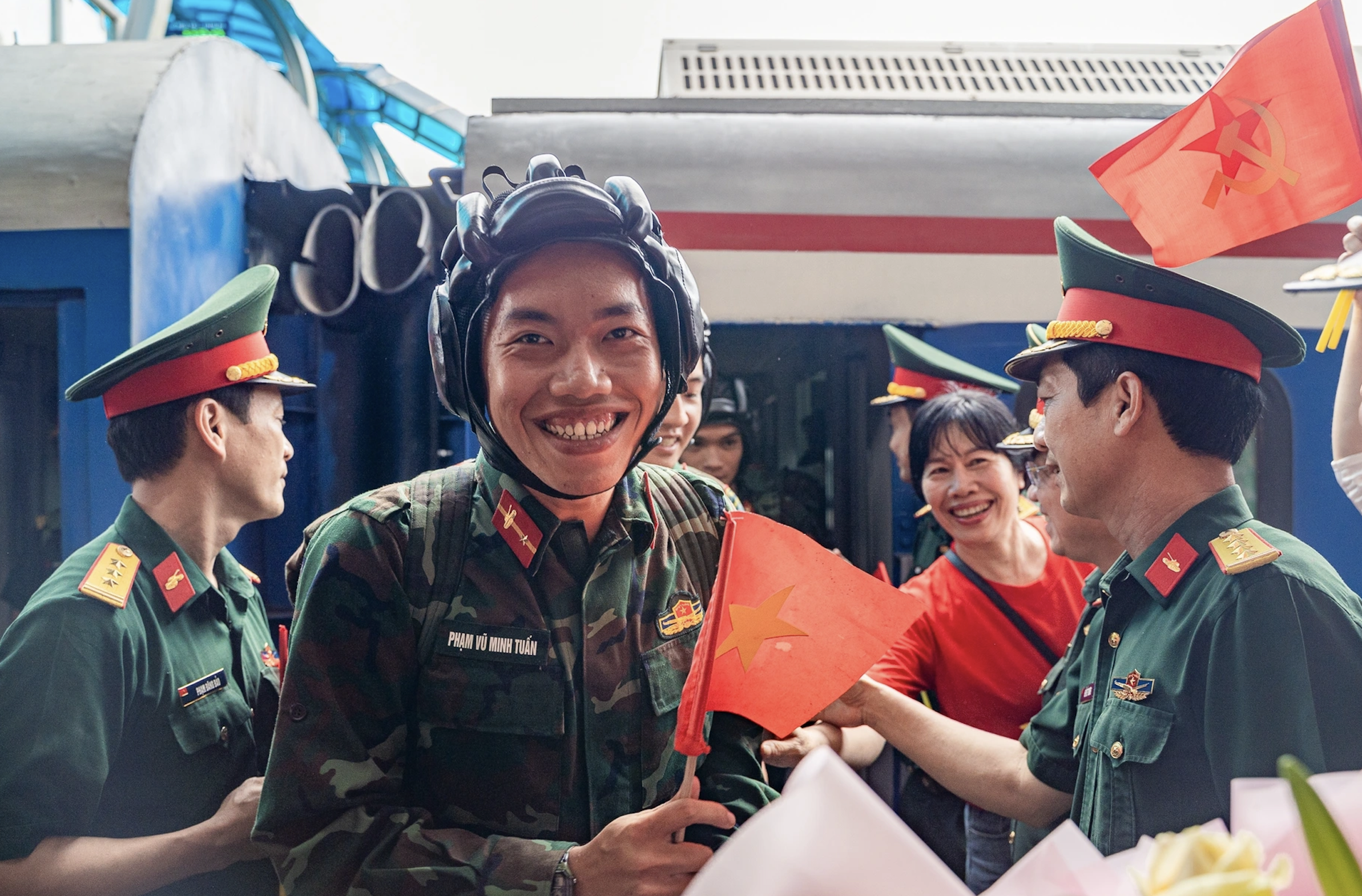

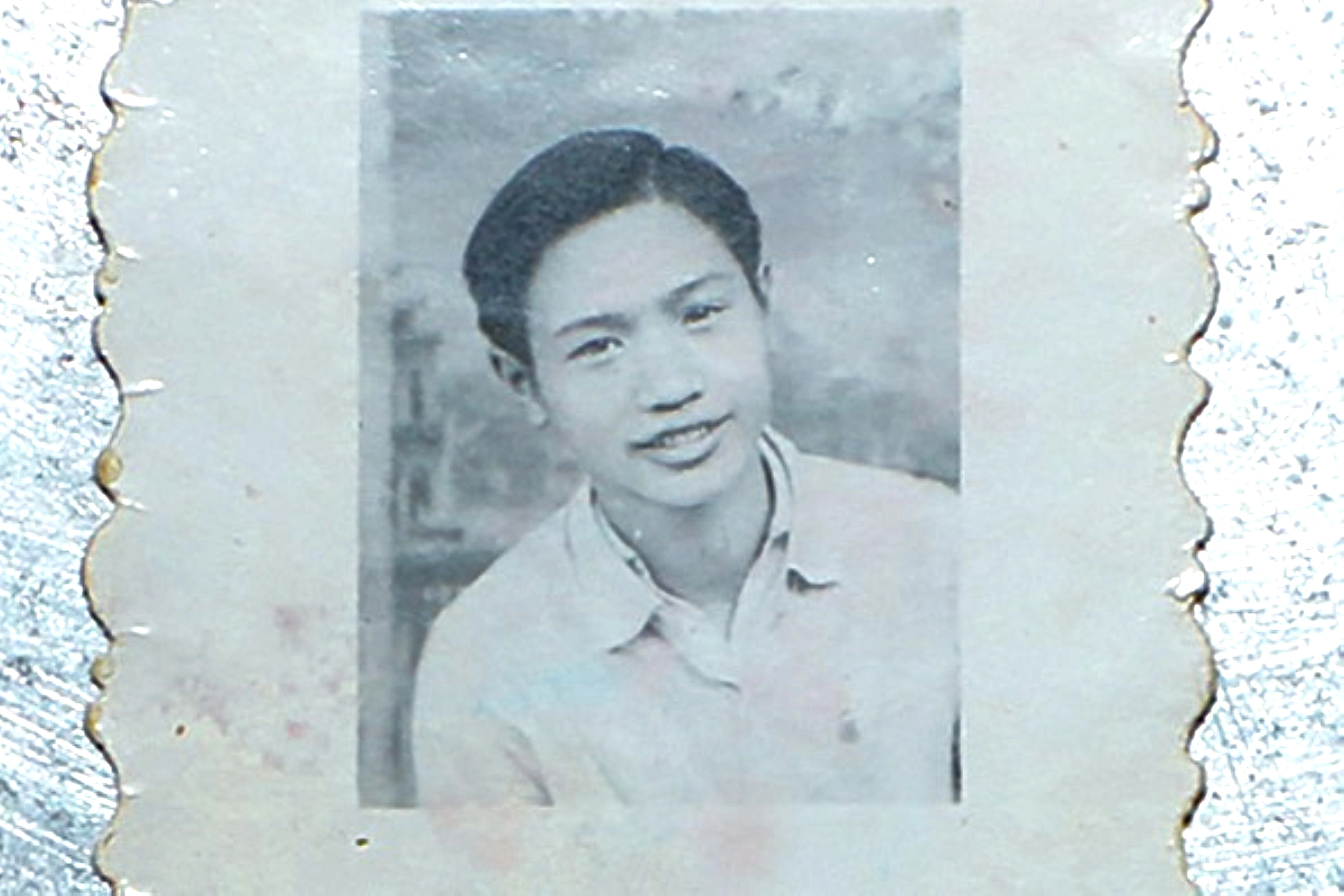
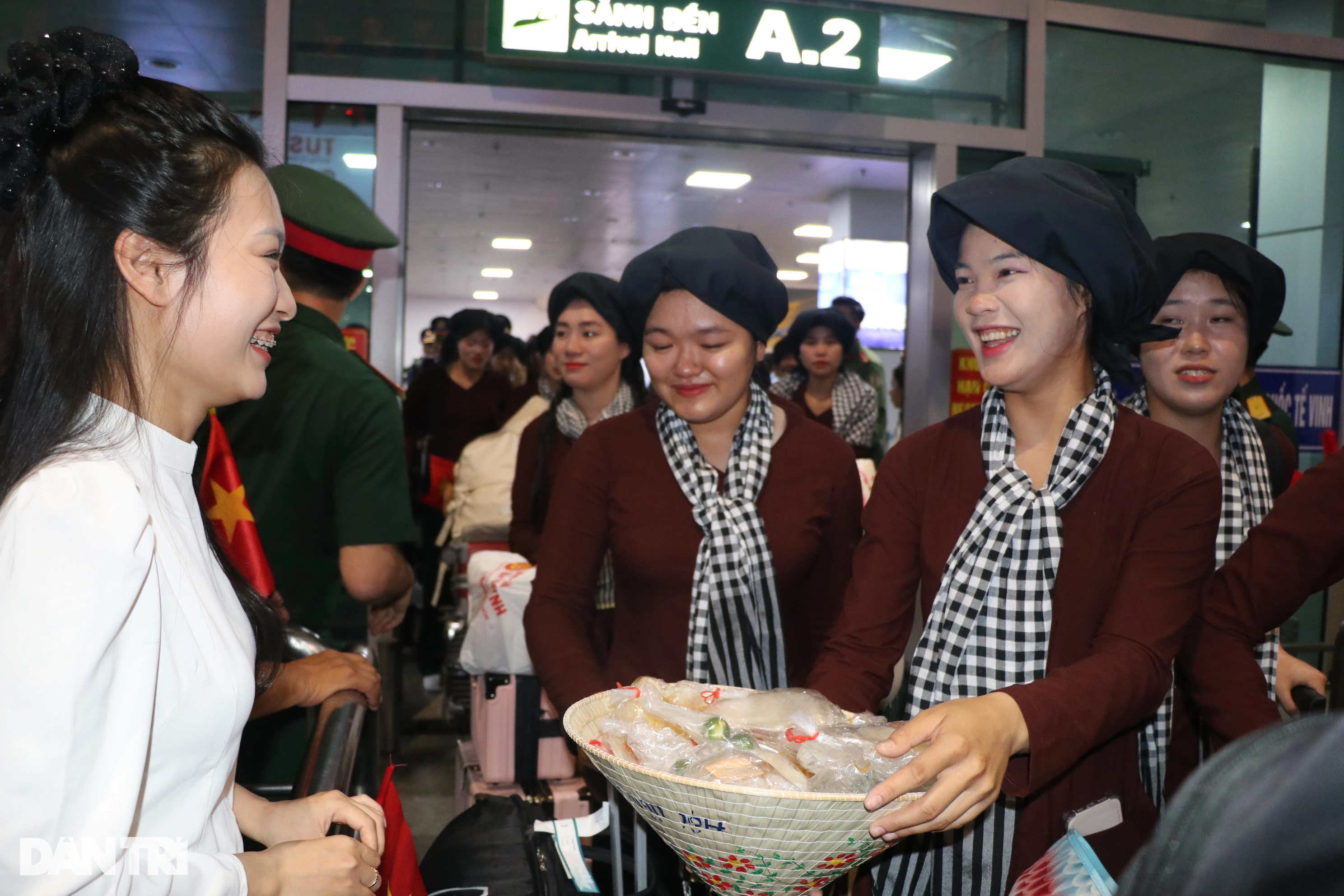


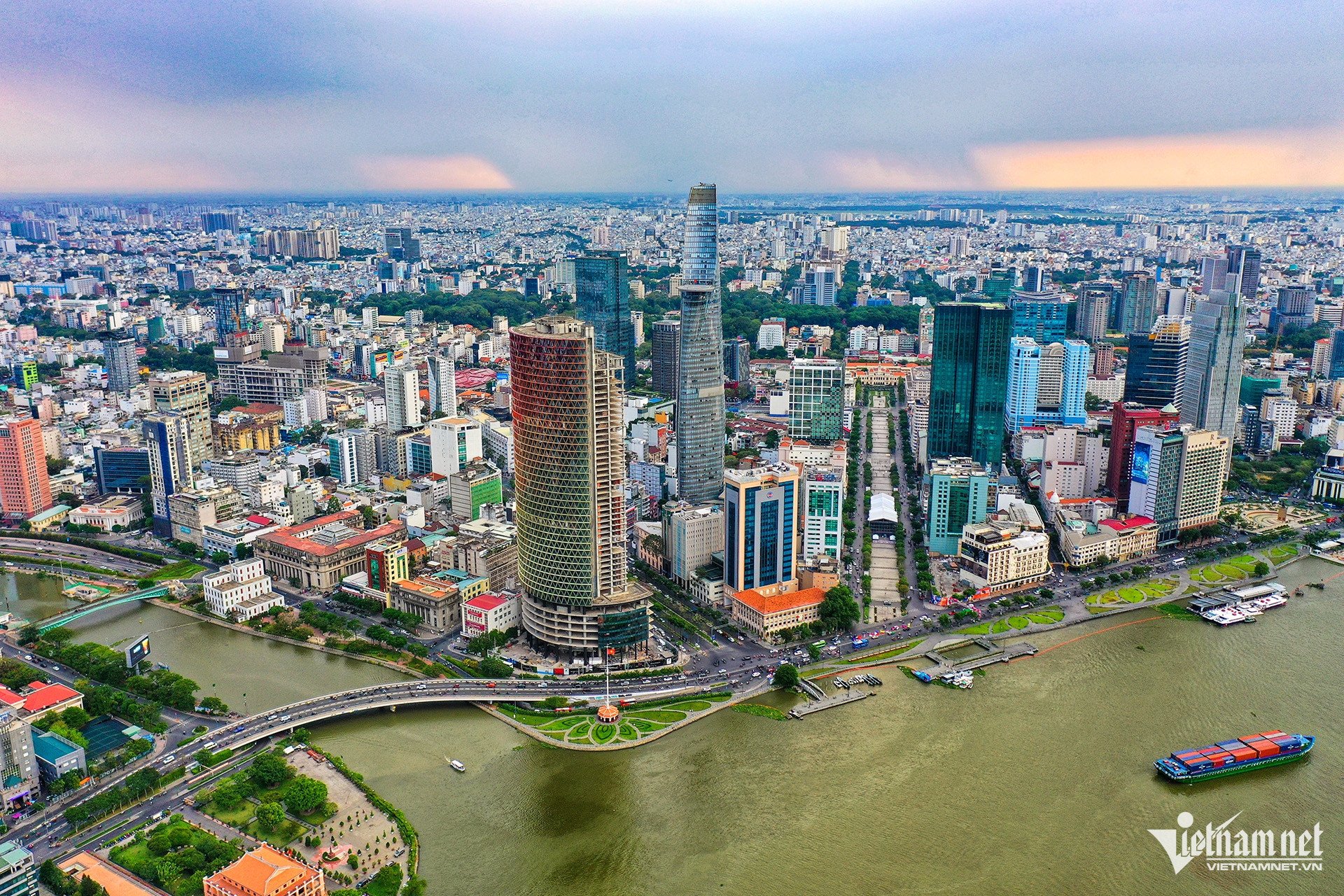

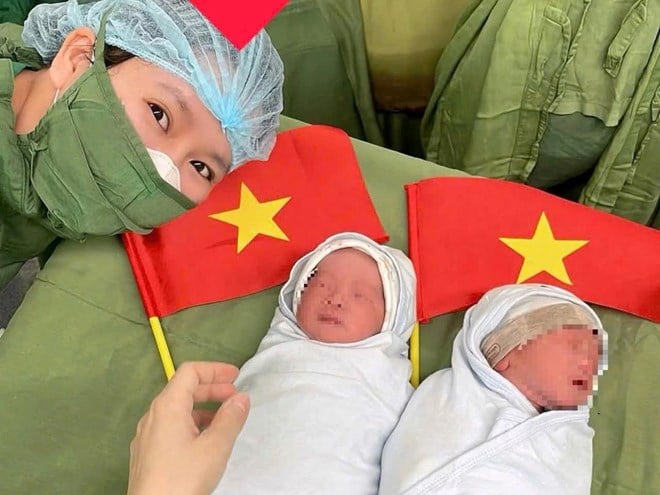
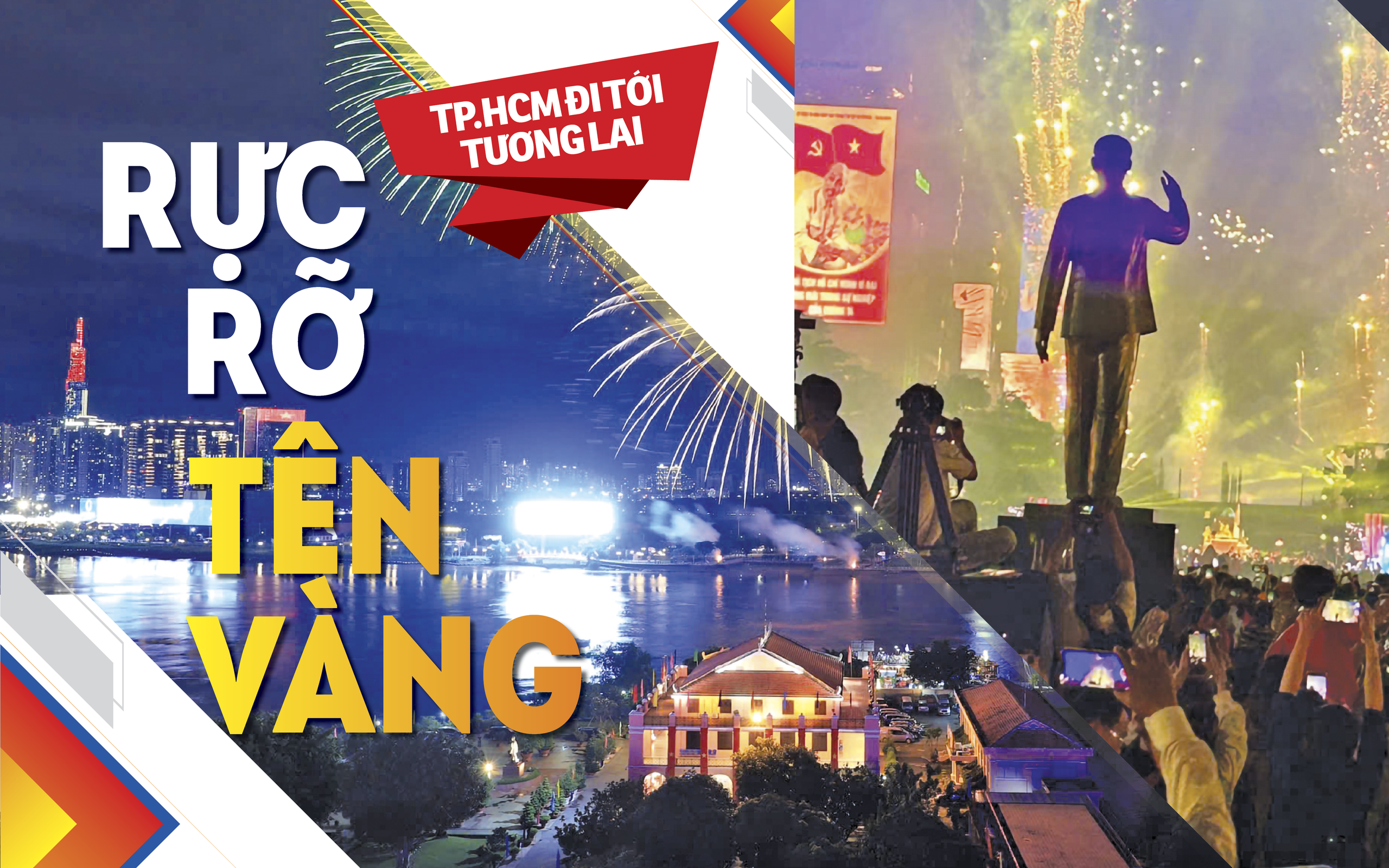


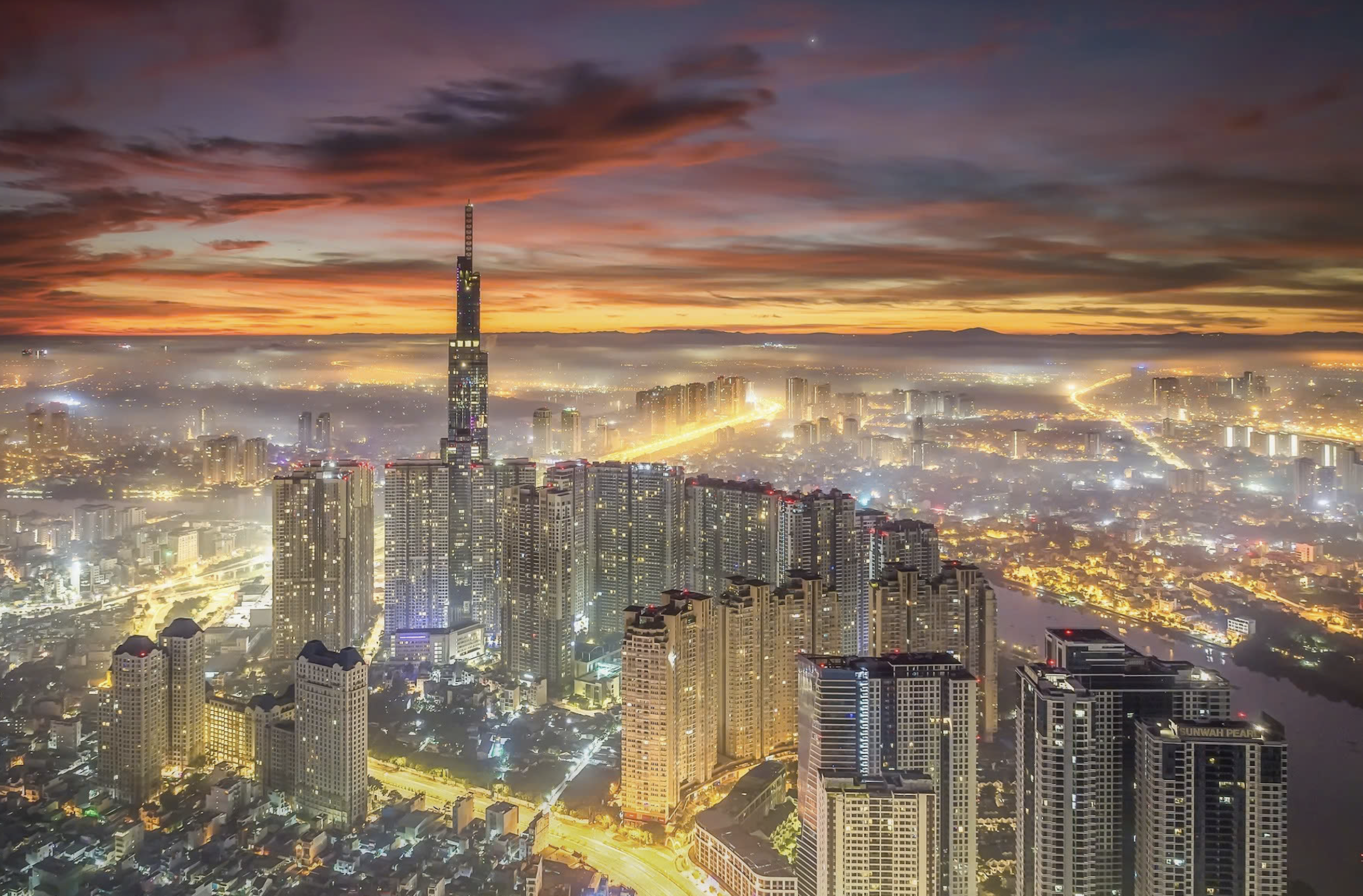
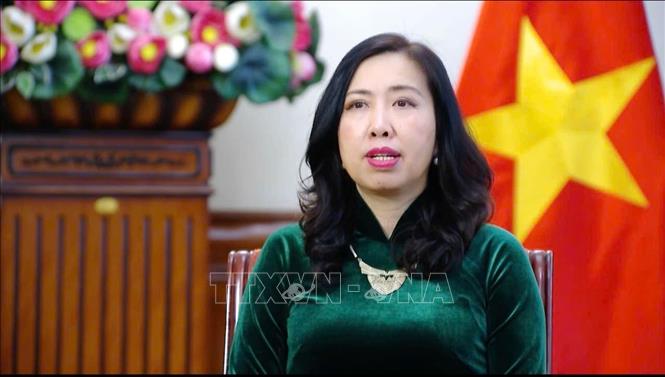
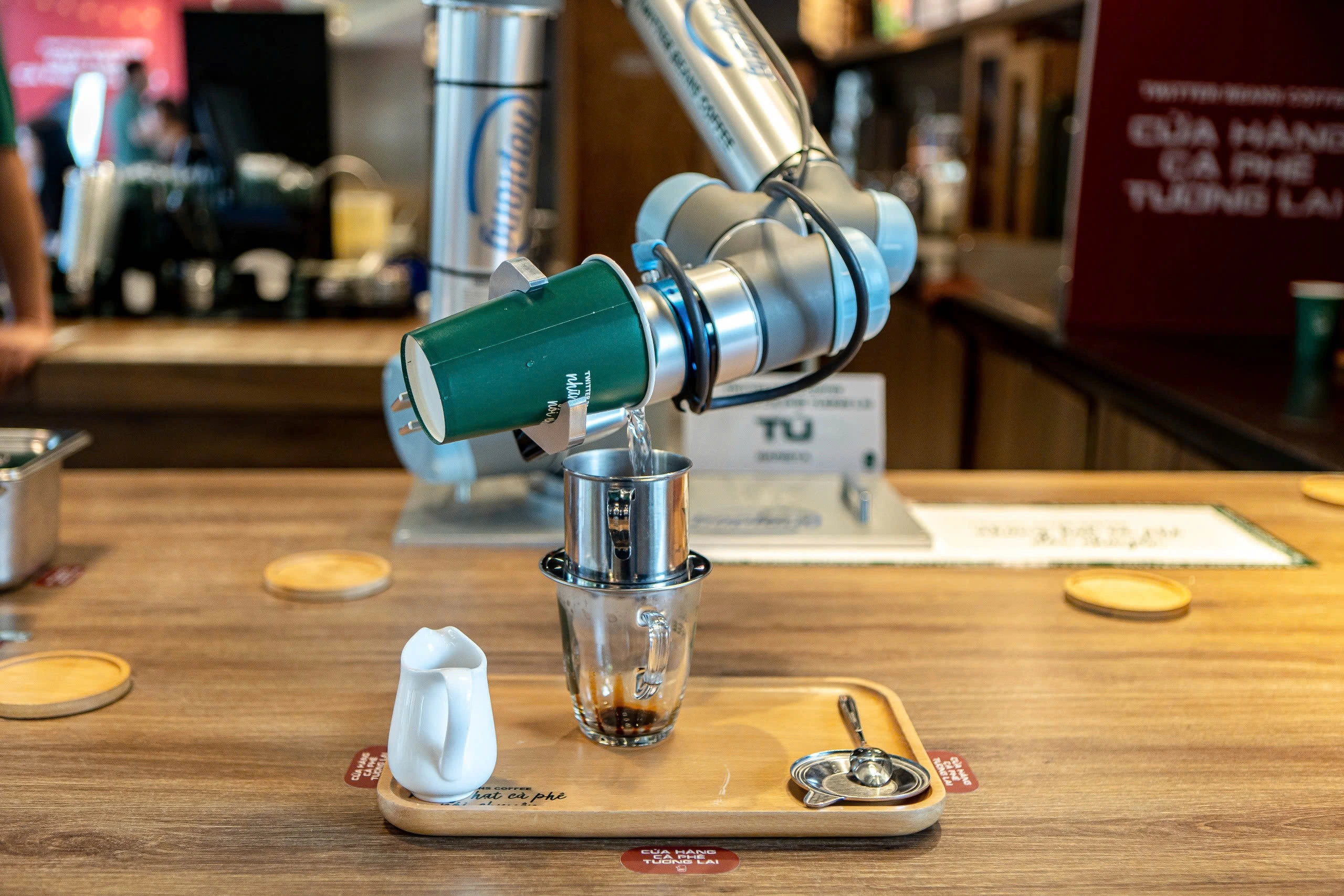
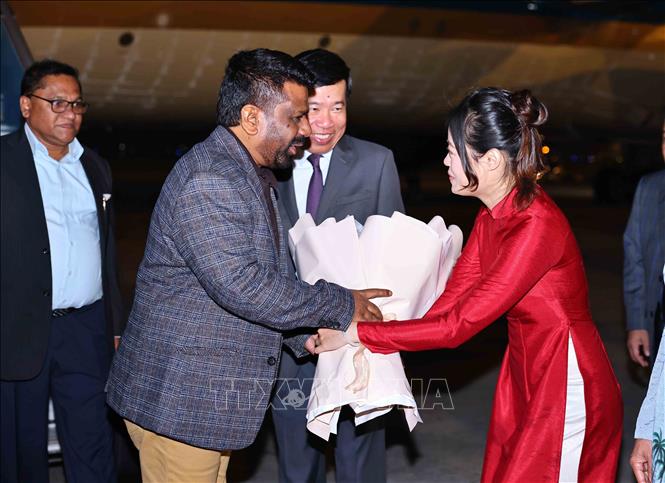
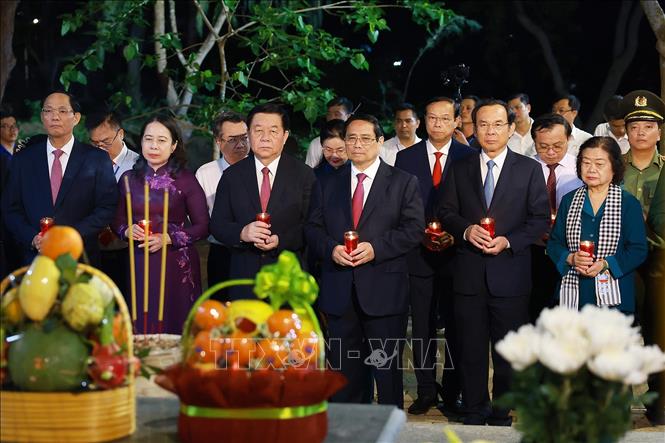
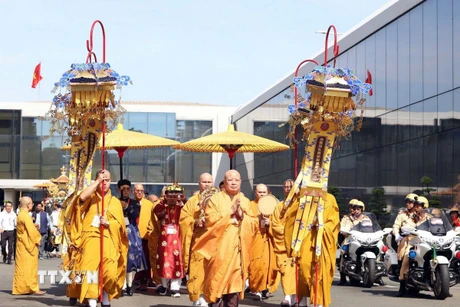
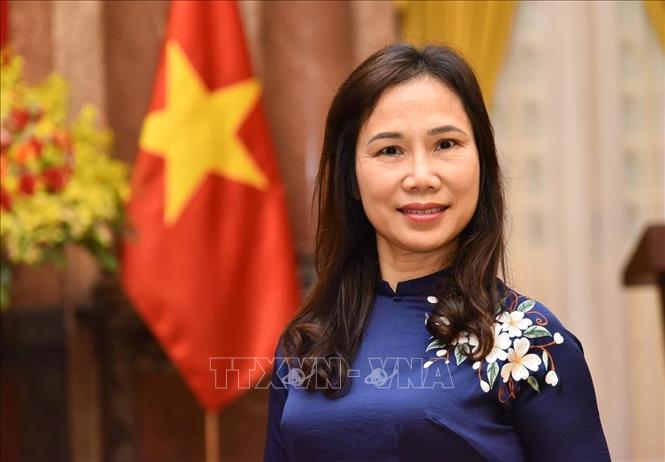
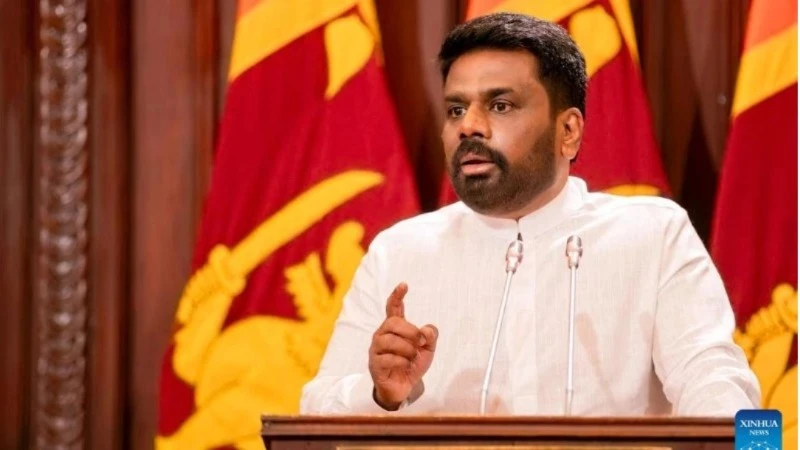
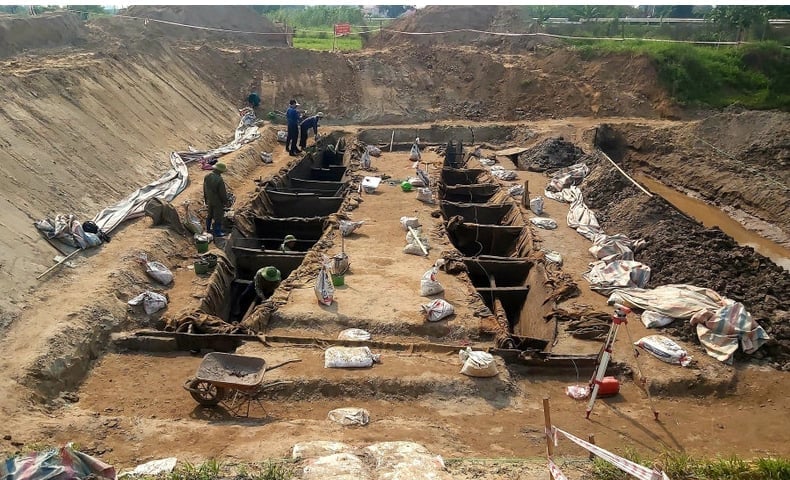

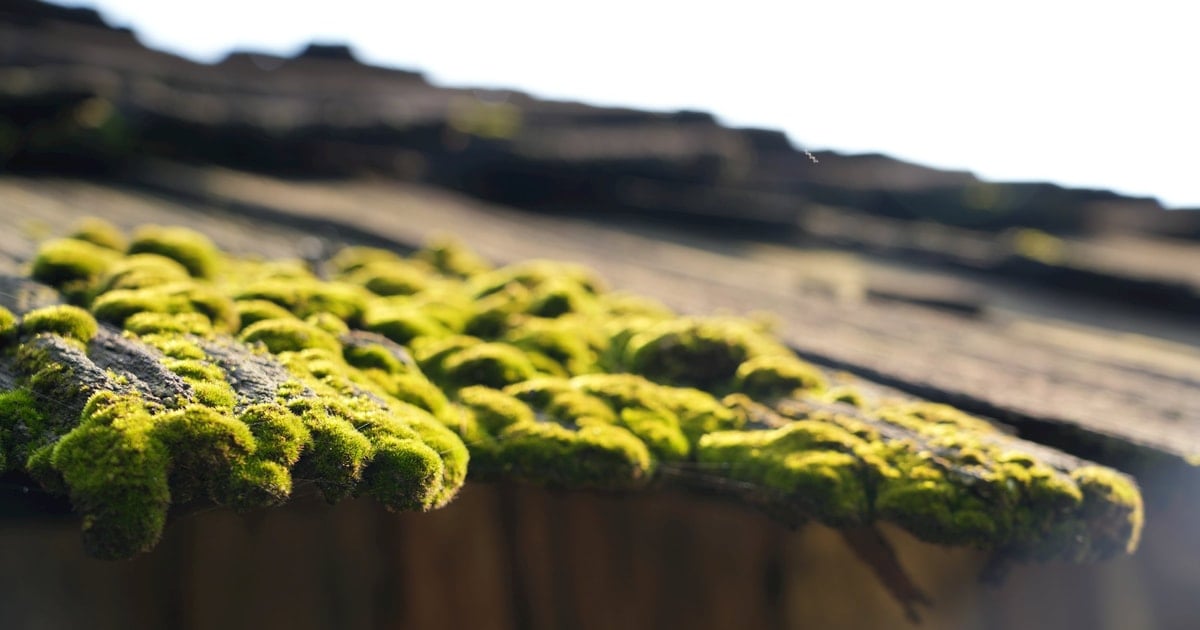

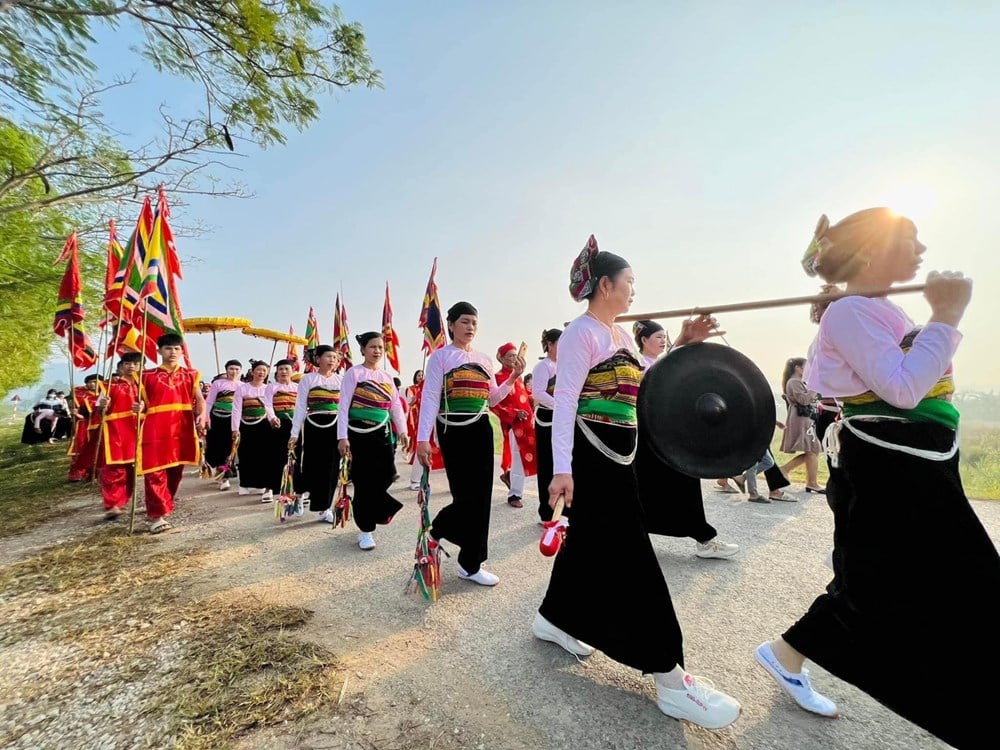

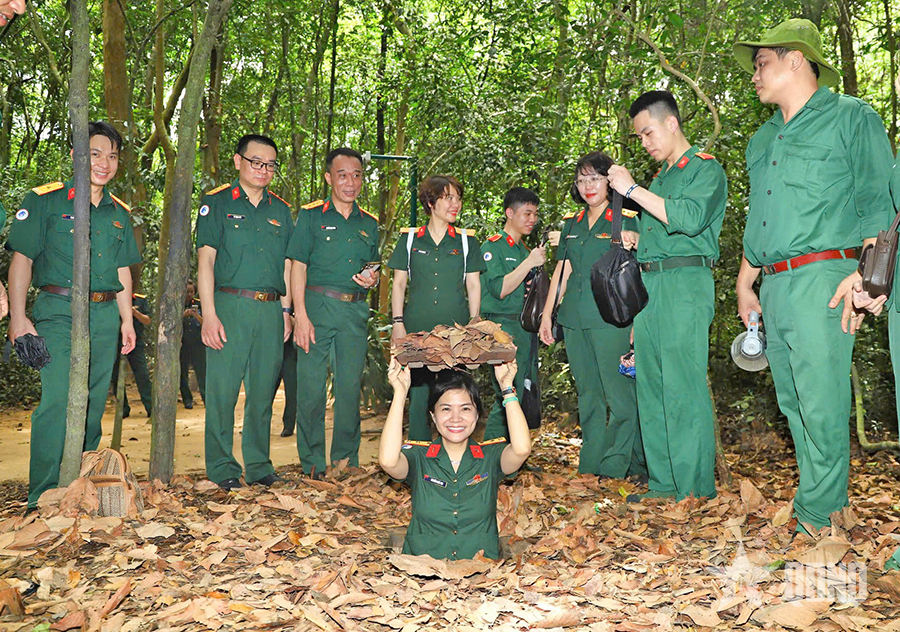

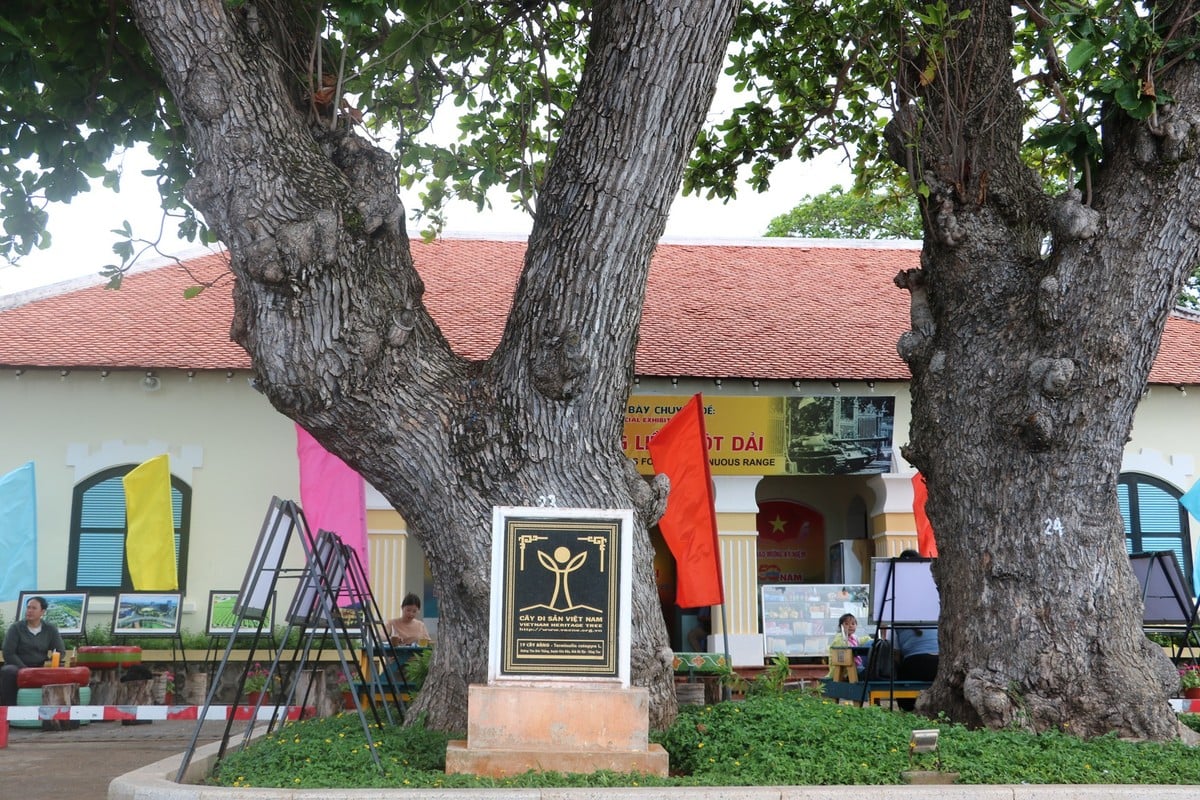

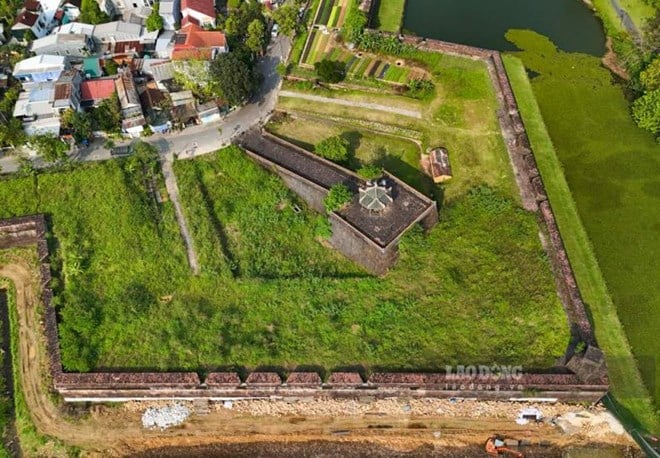

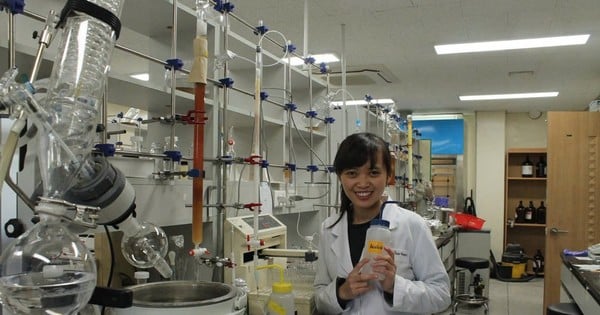
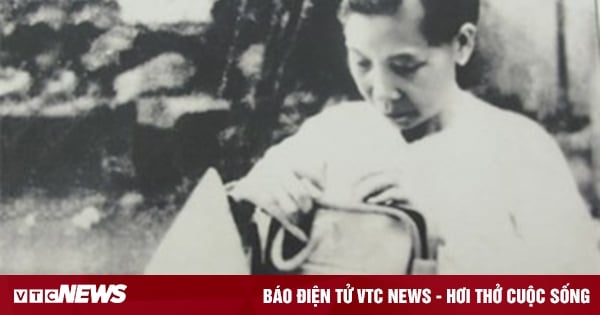
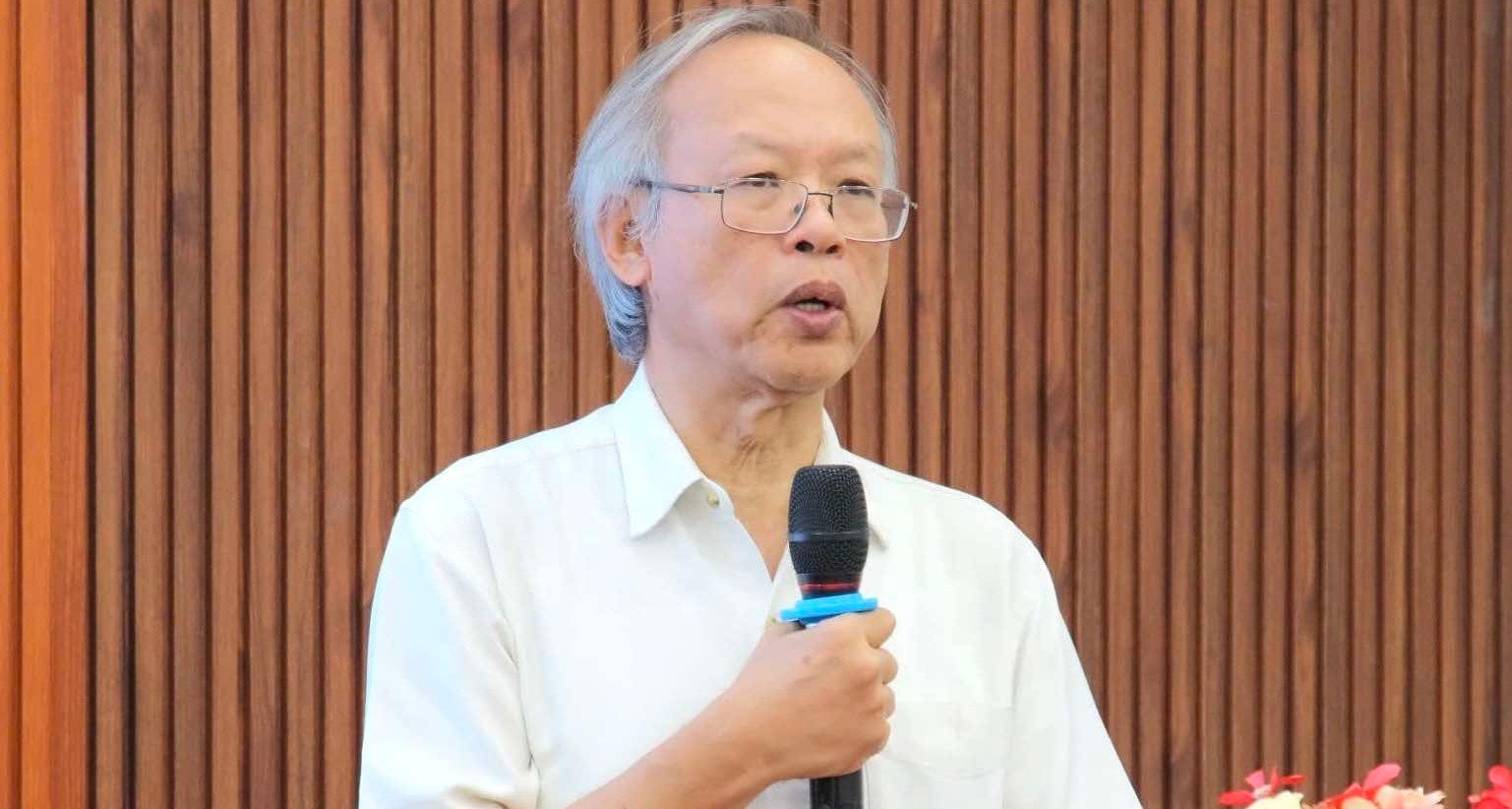


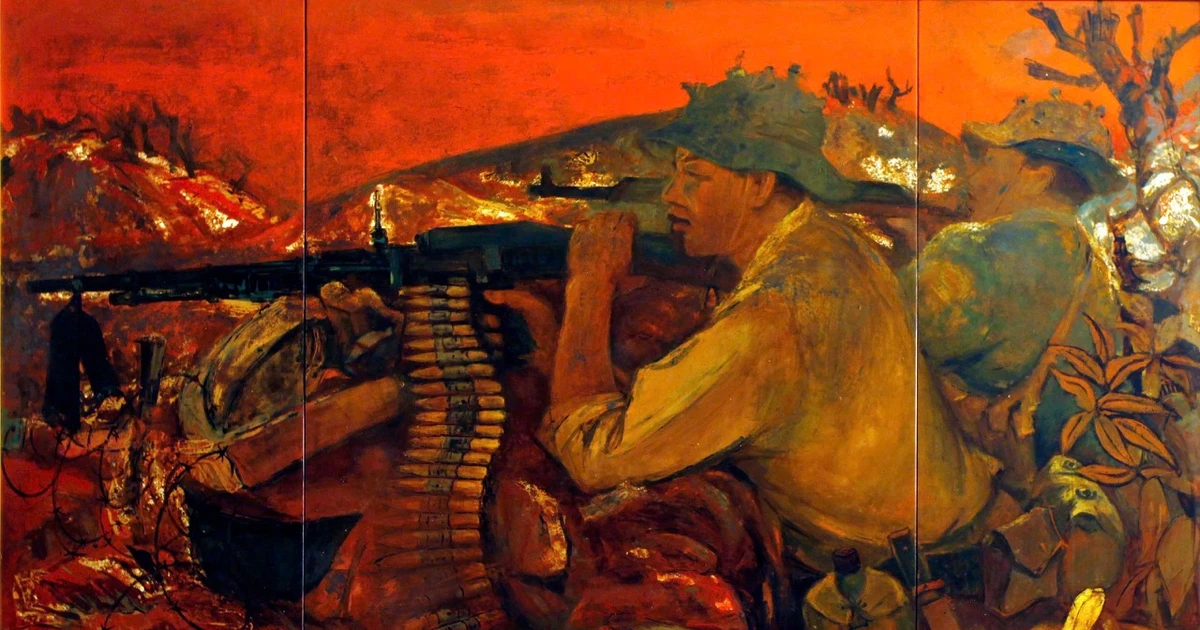



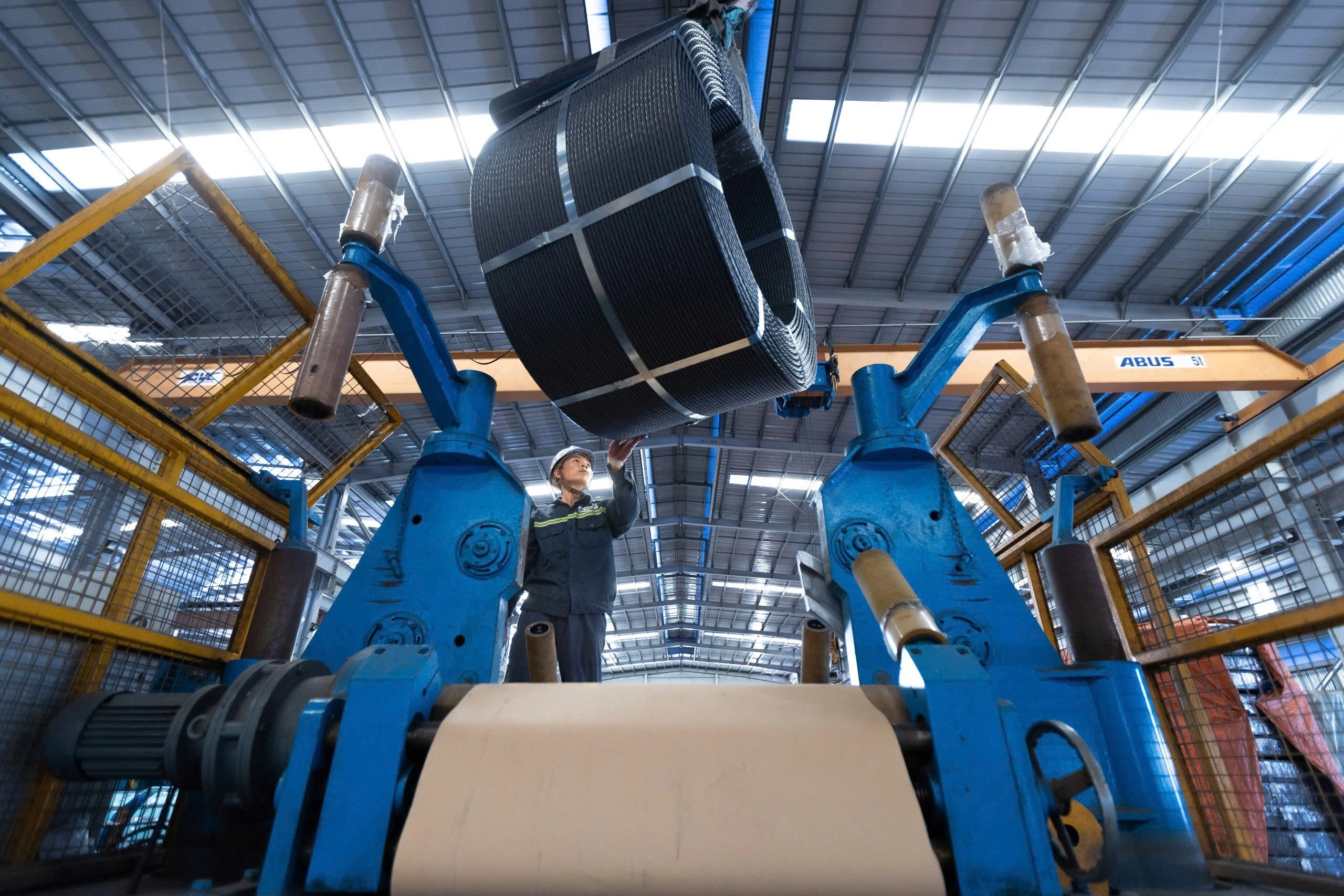

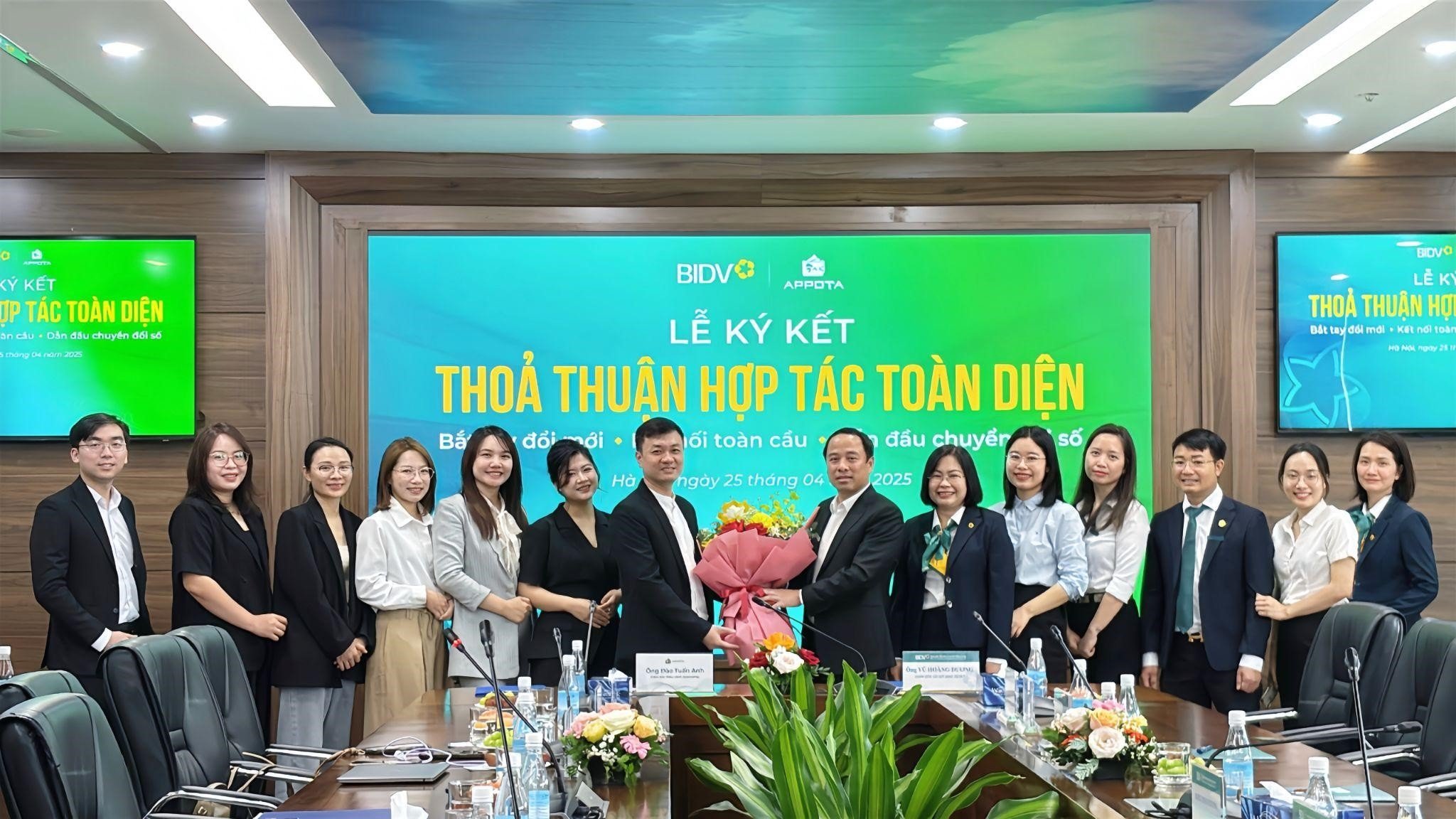

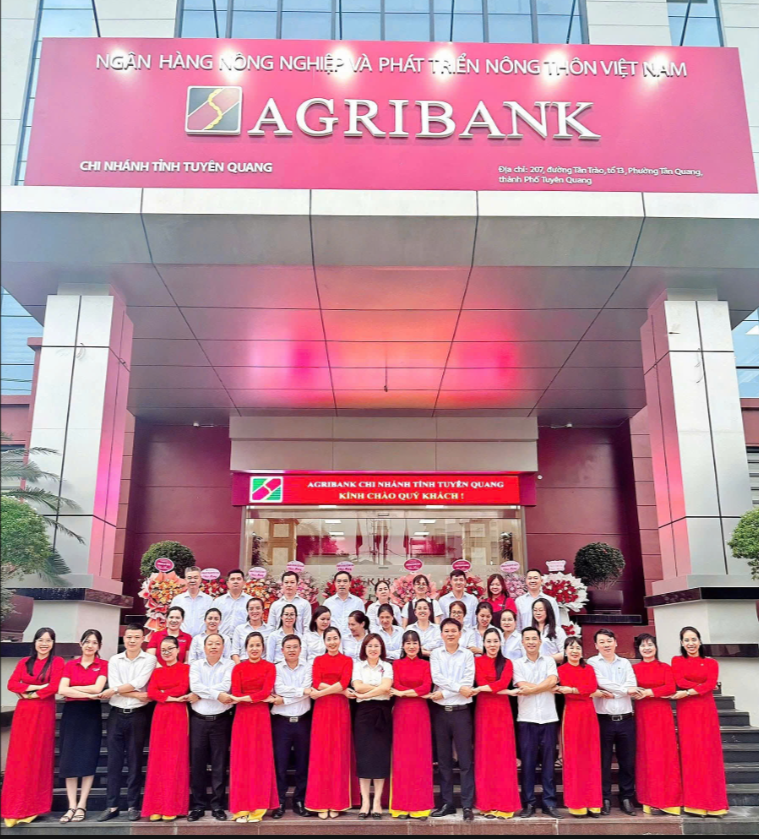
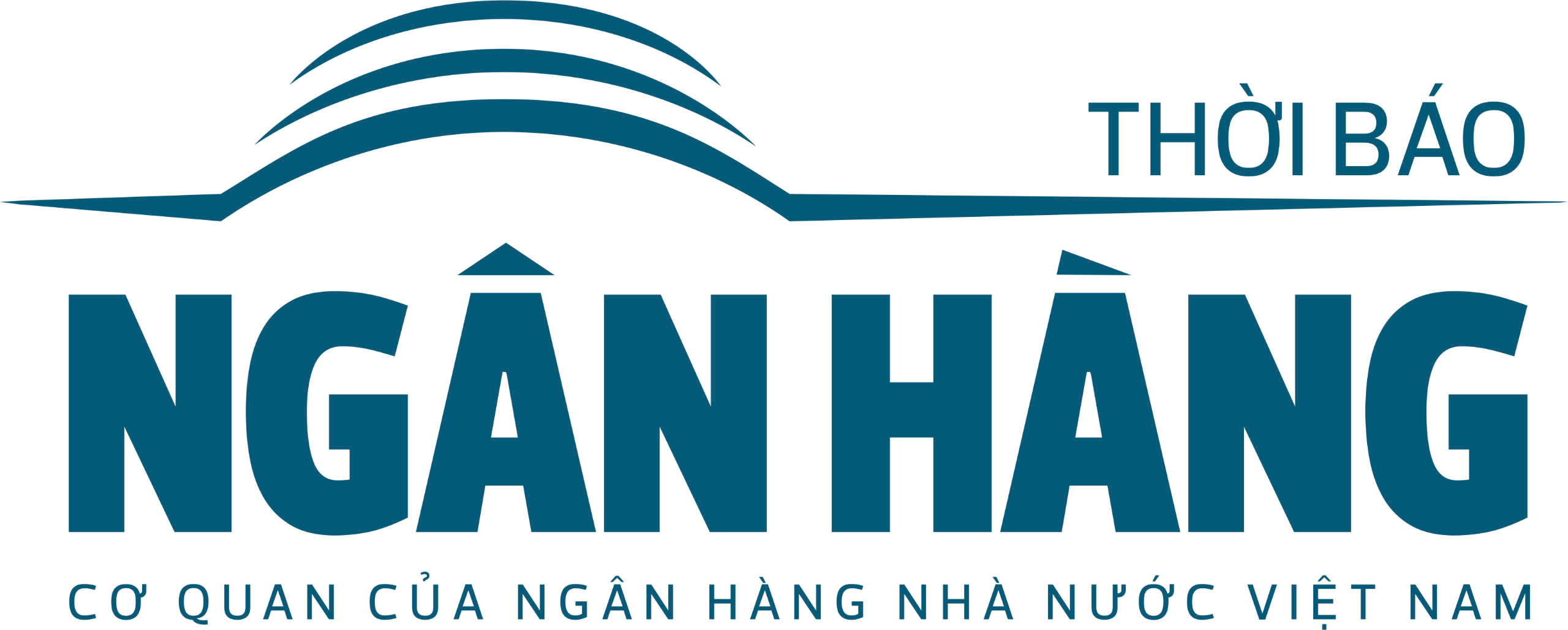

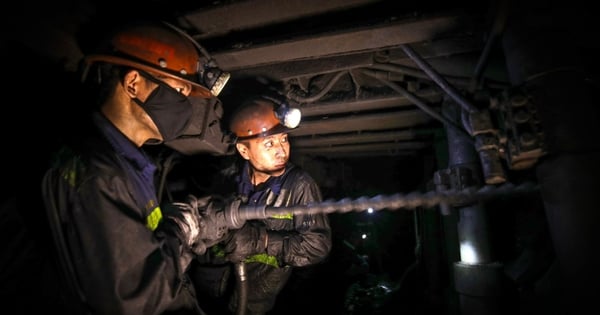

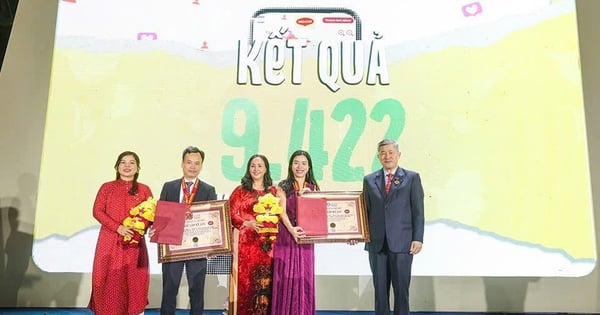

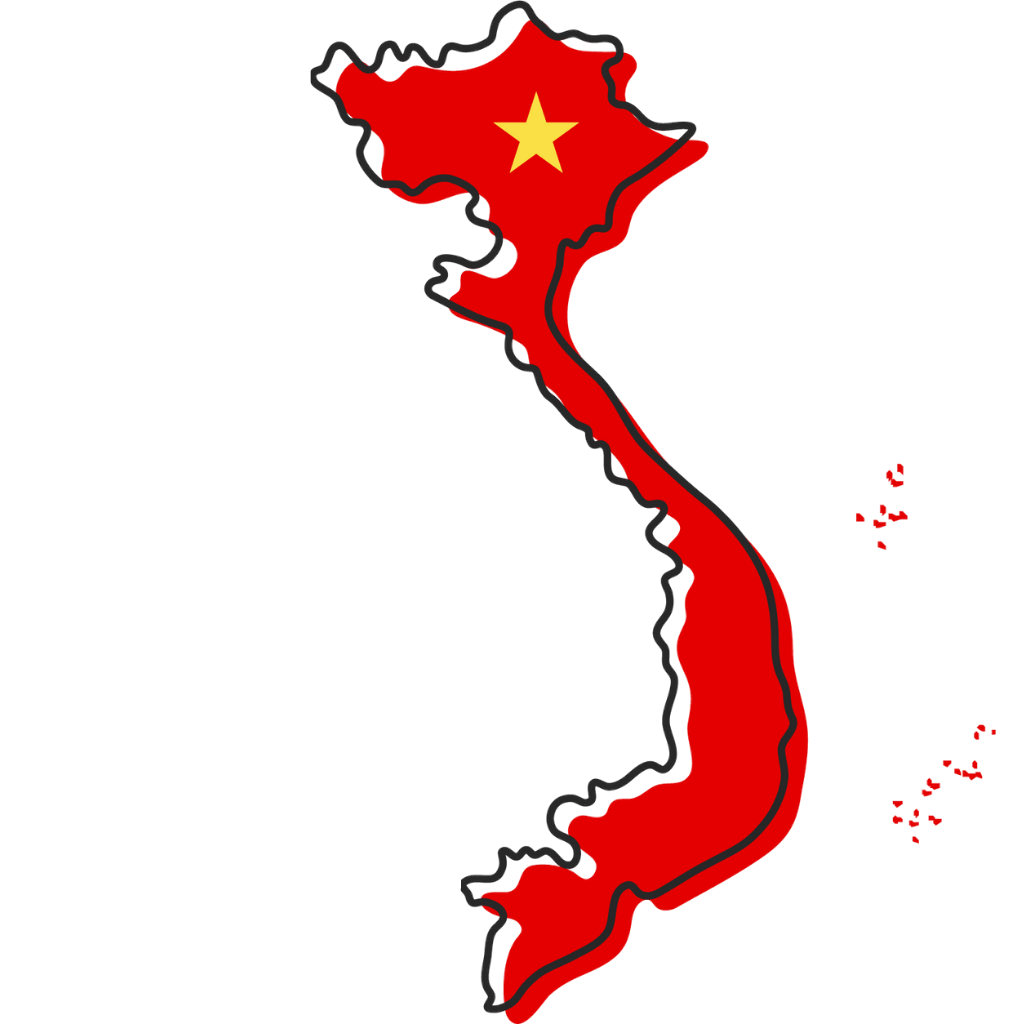
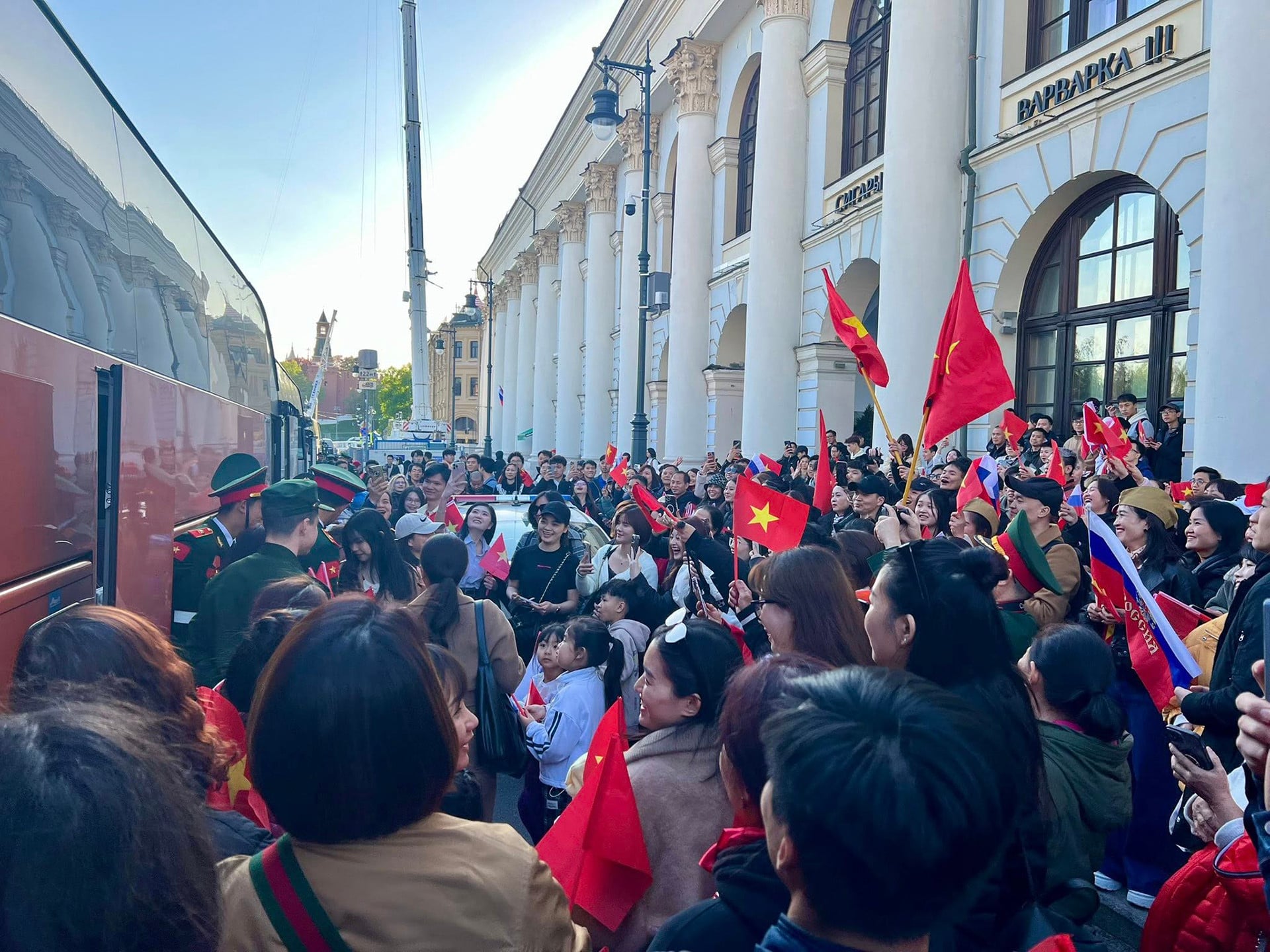

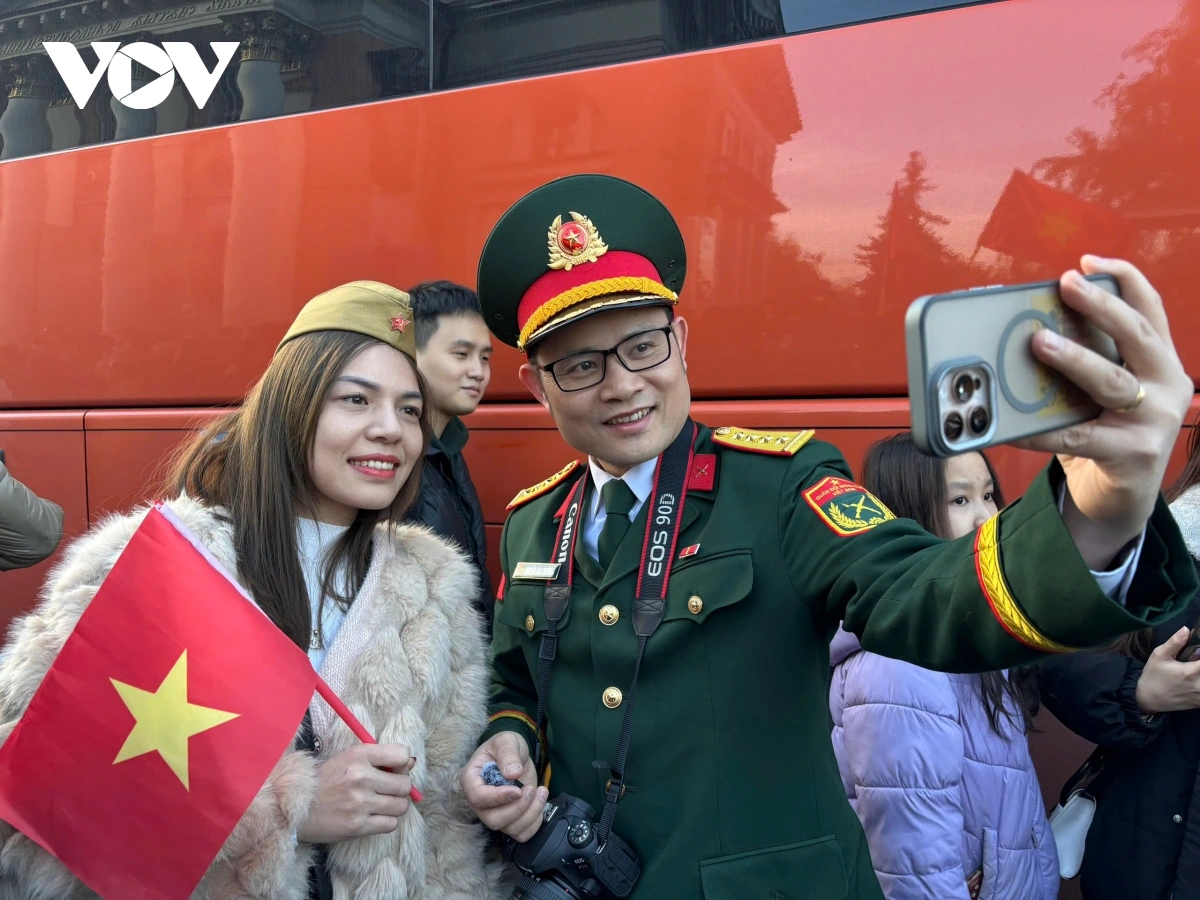
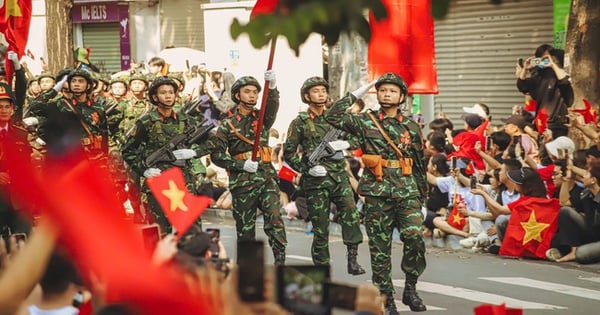


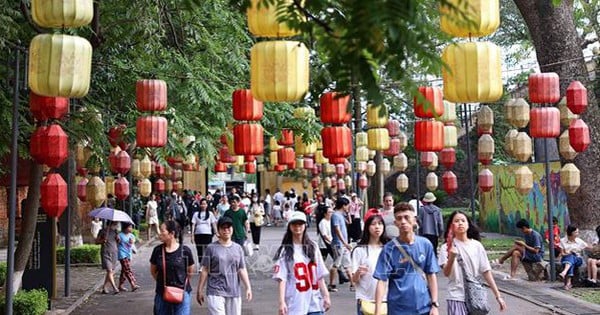






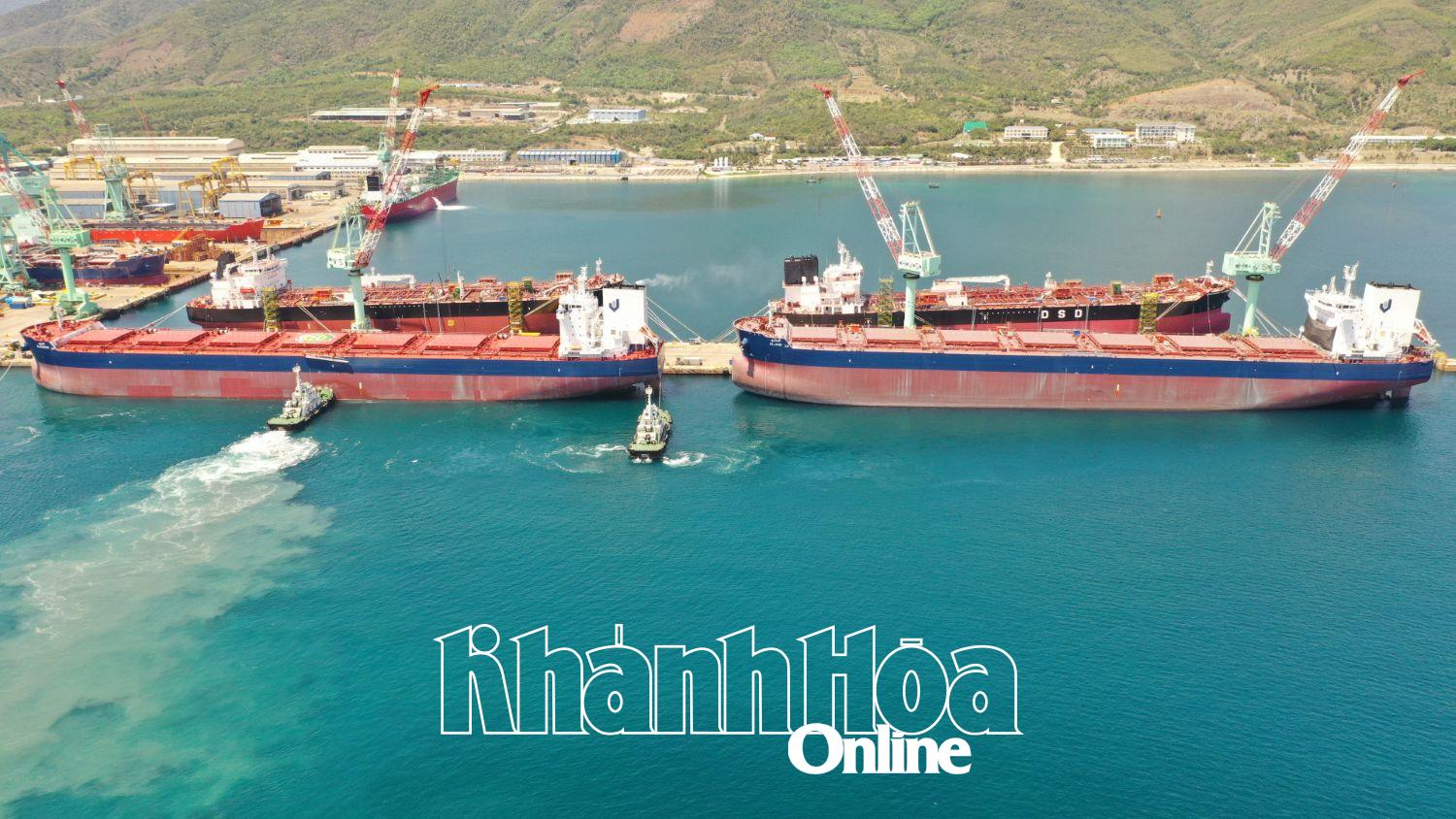

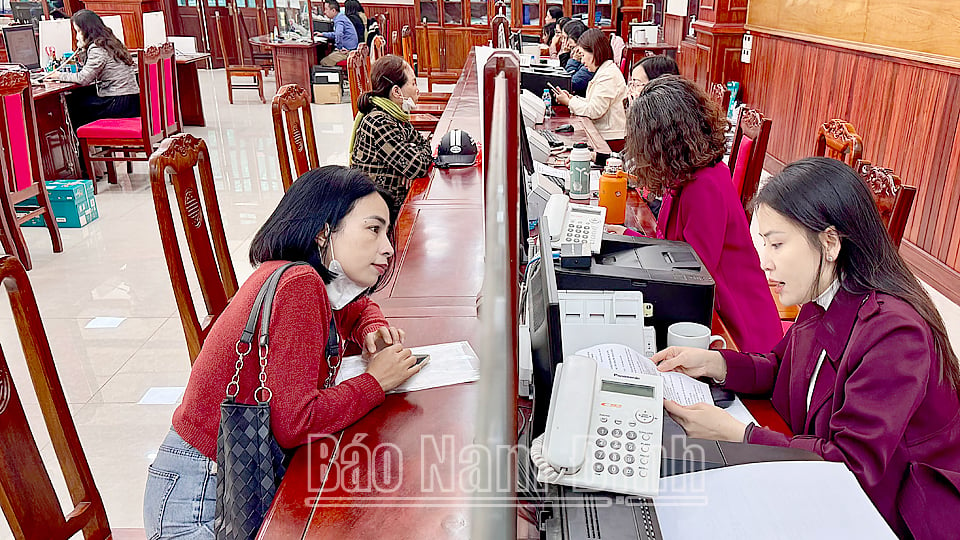
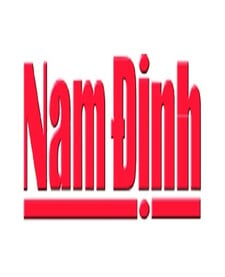
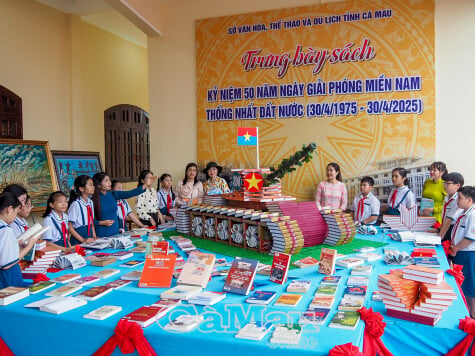




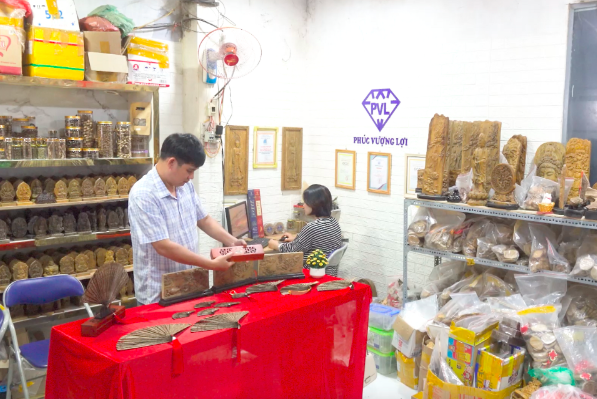


![[Video]. Building OCOP products based on local strengths](https://vstatic.vietnam.vn/vietnam/resource/IMAGE/2025/5/3/61677e8b3a364110b271e7b15ed91b3f)


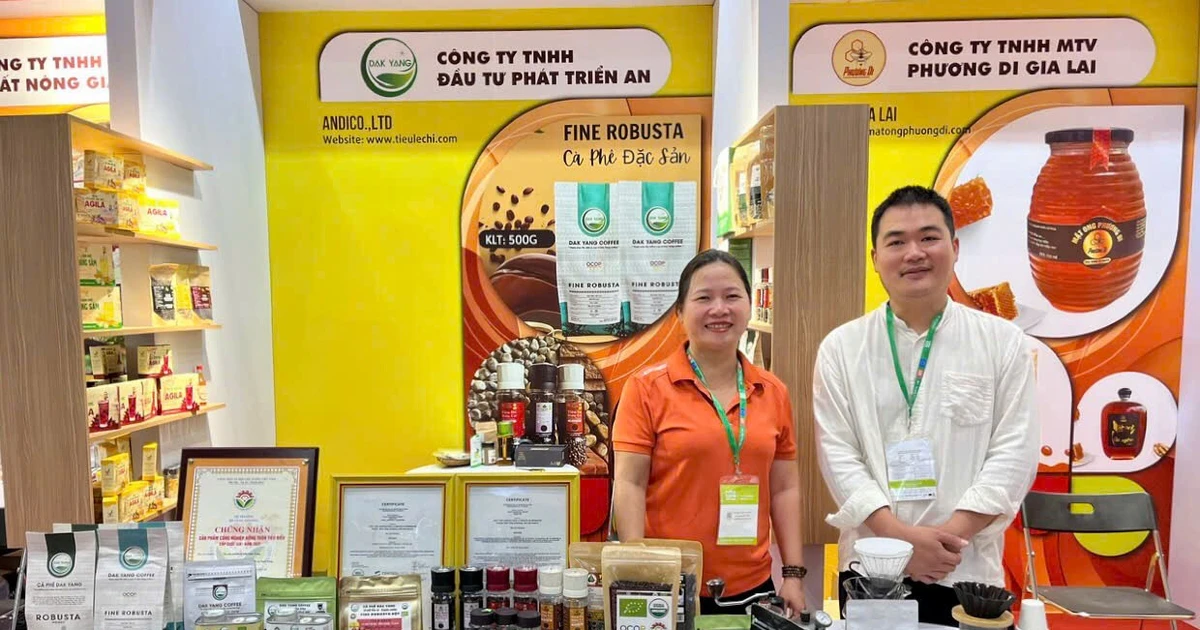

Comment (0)